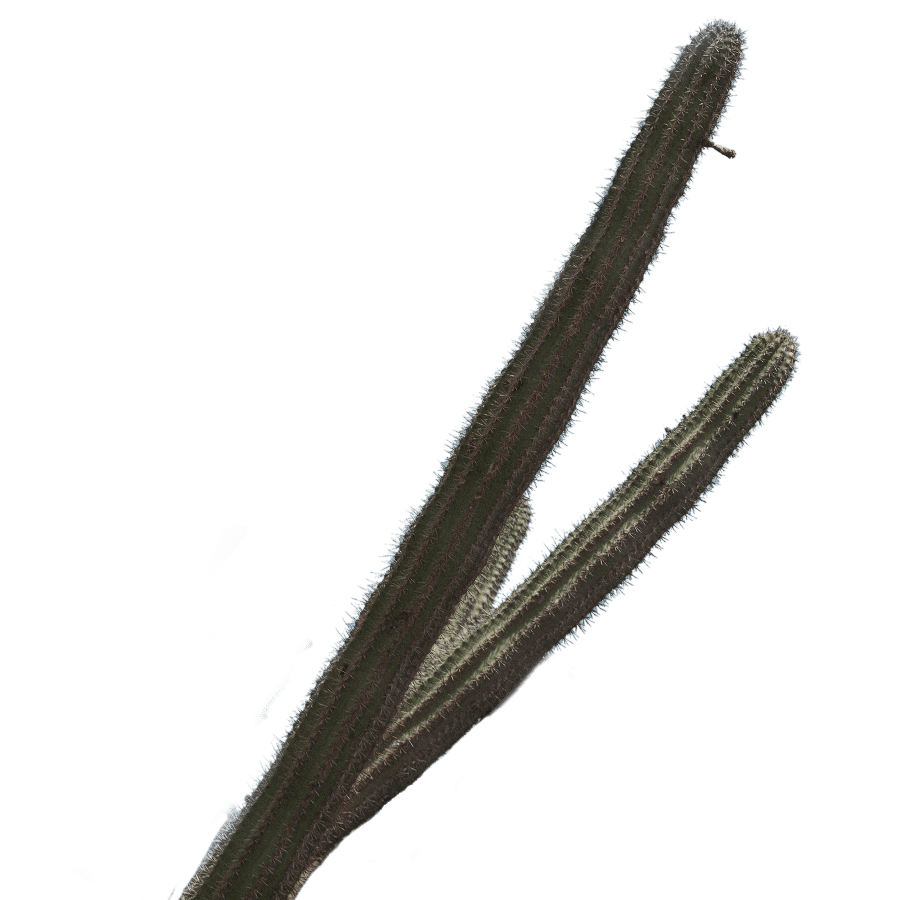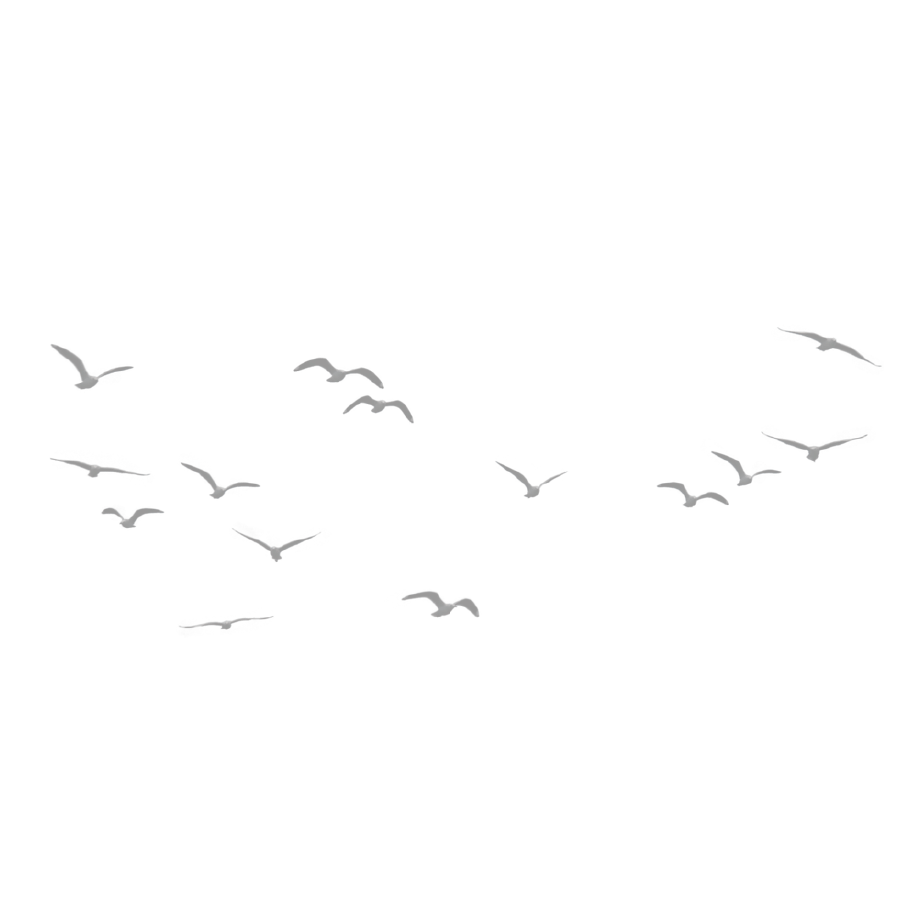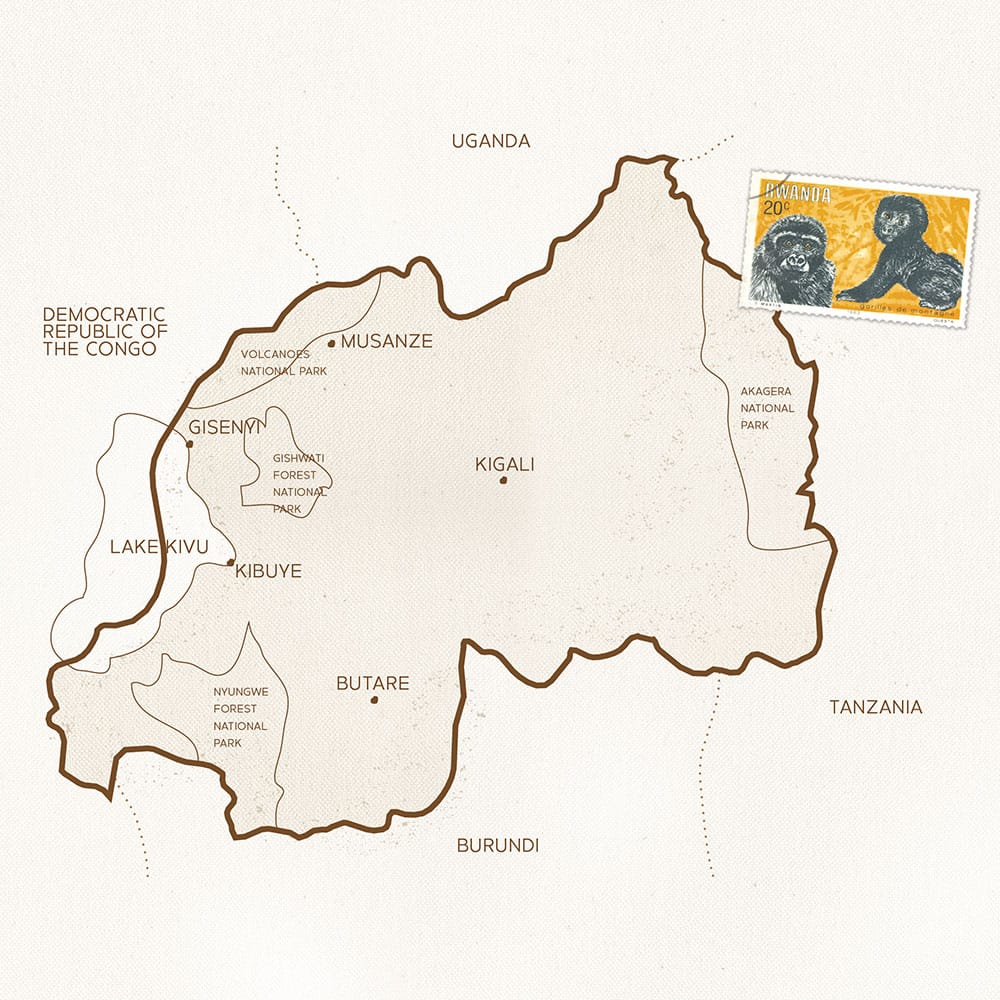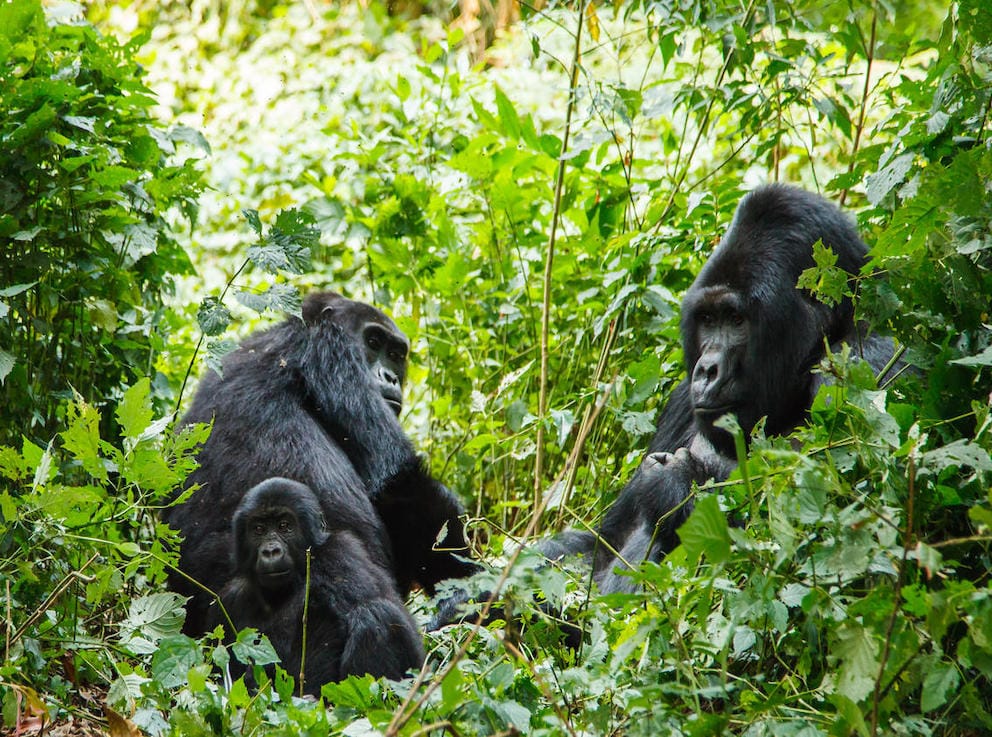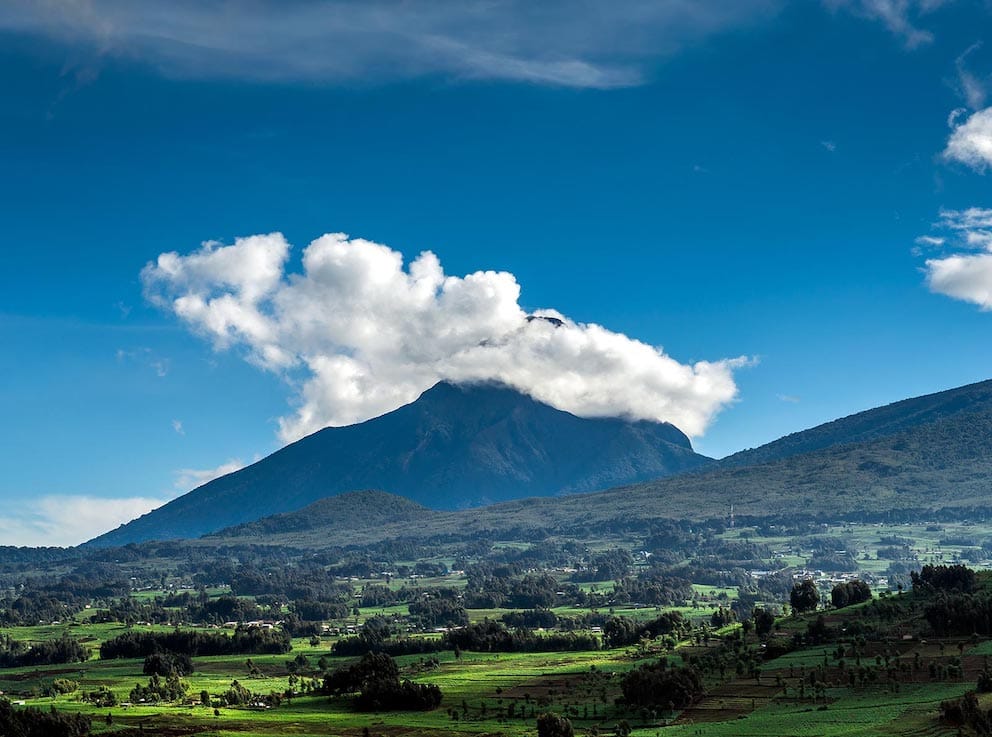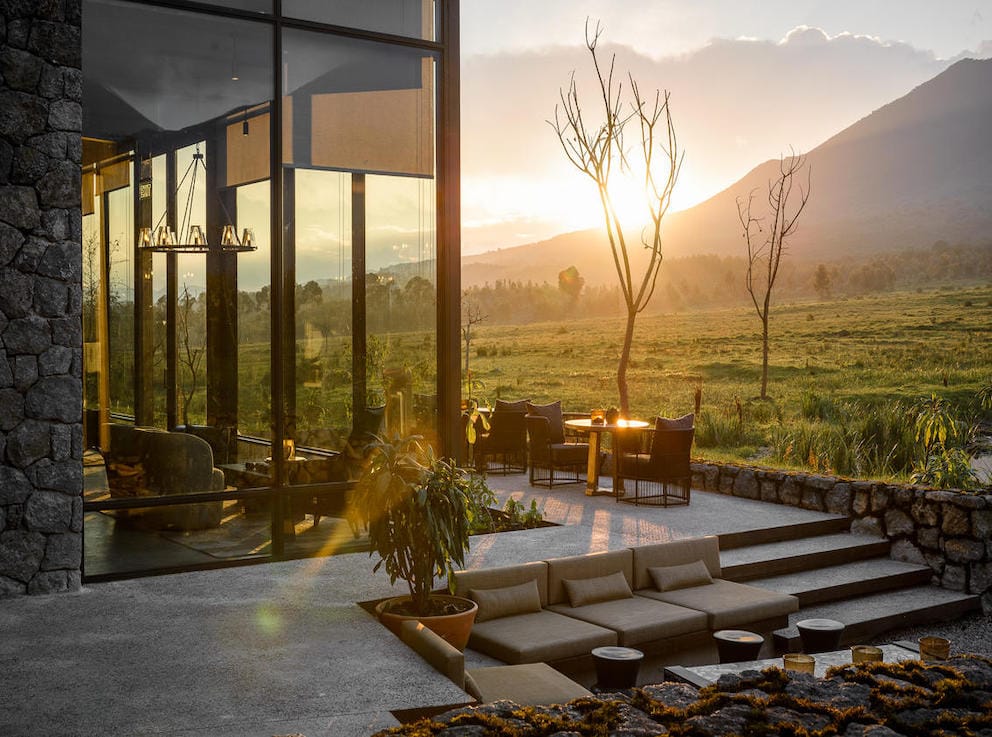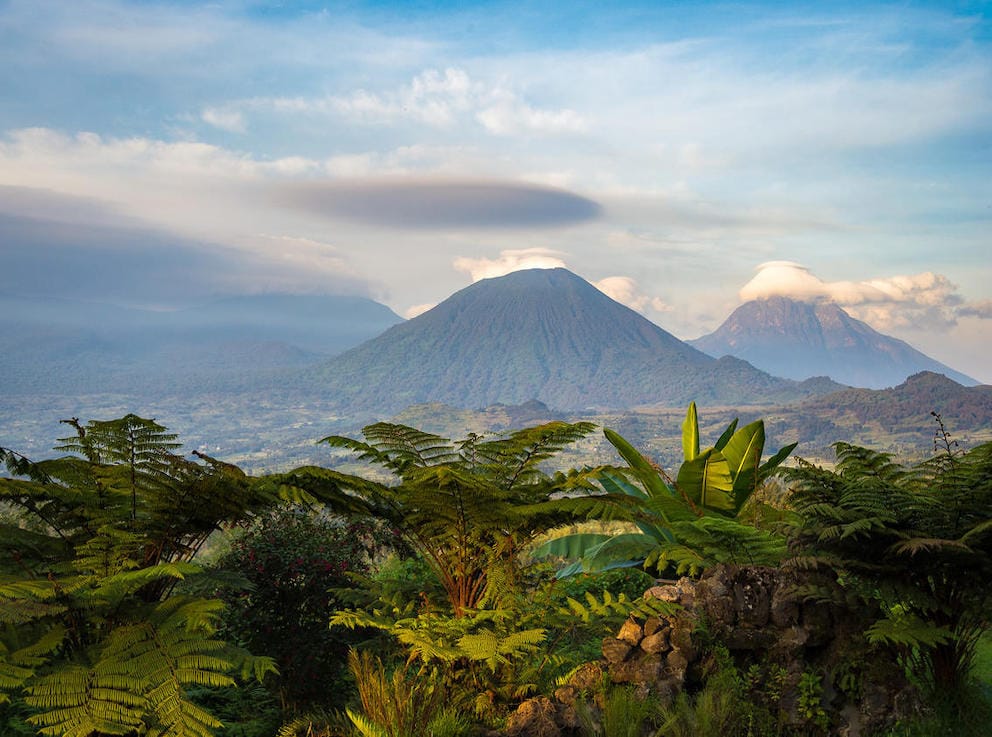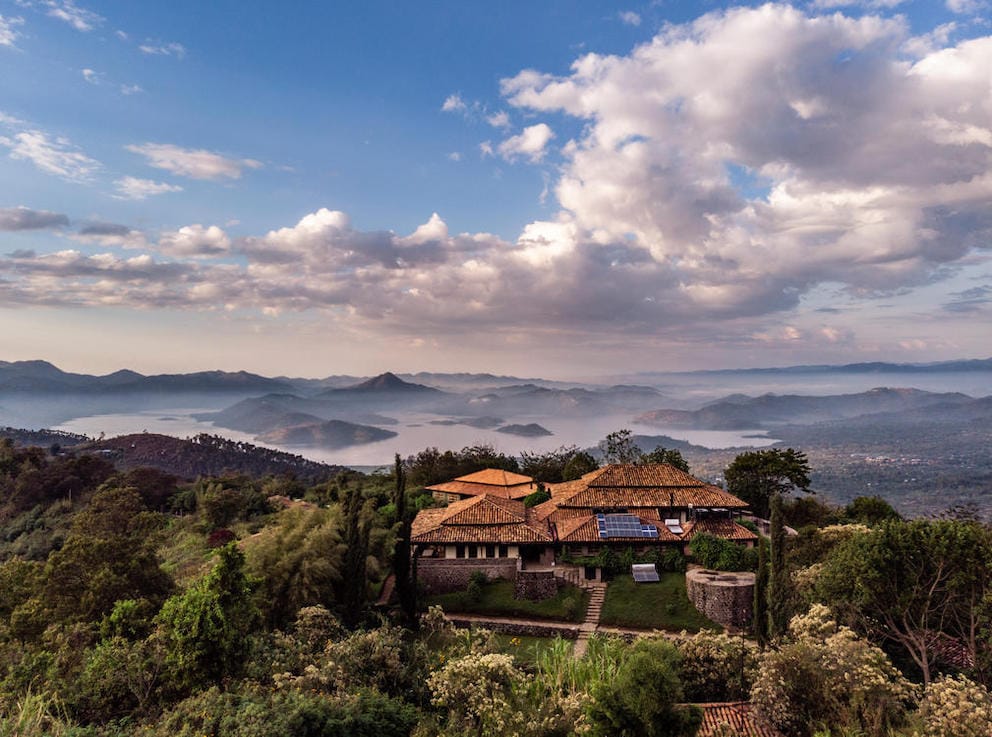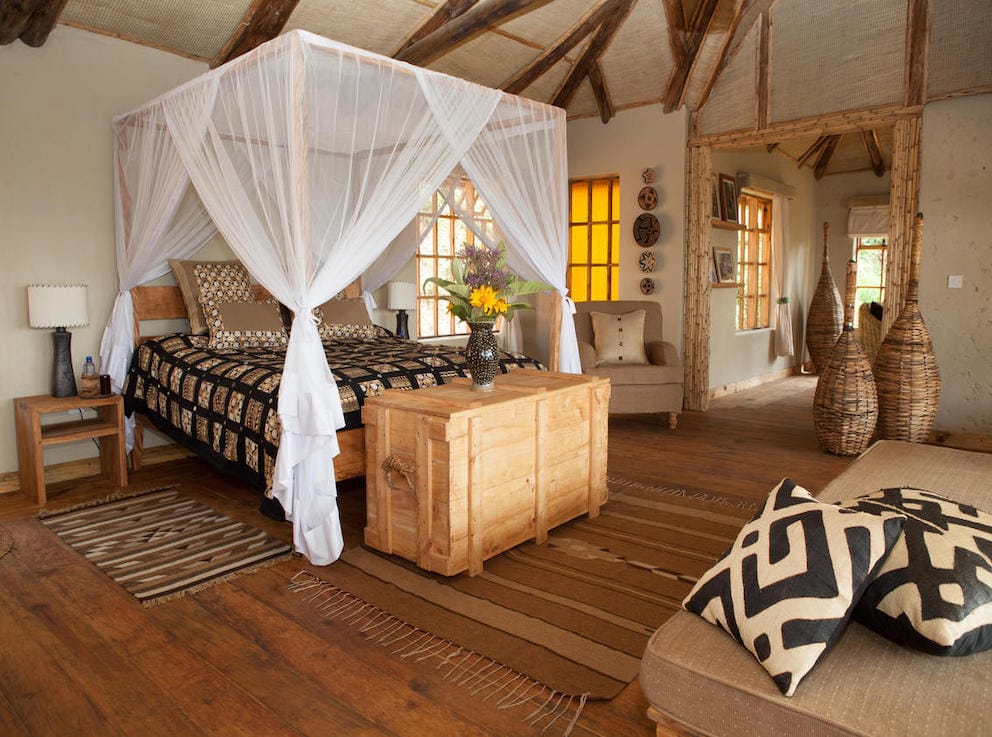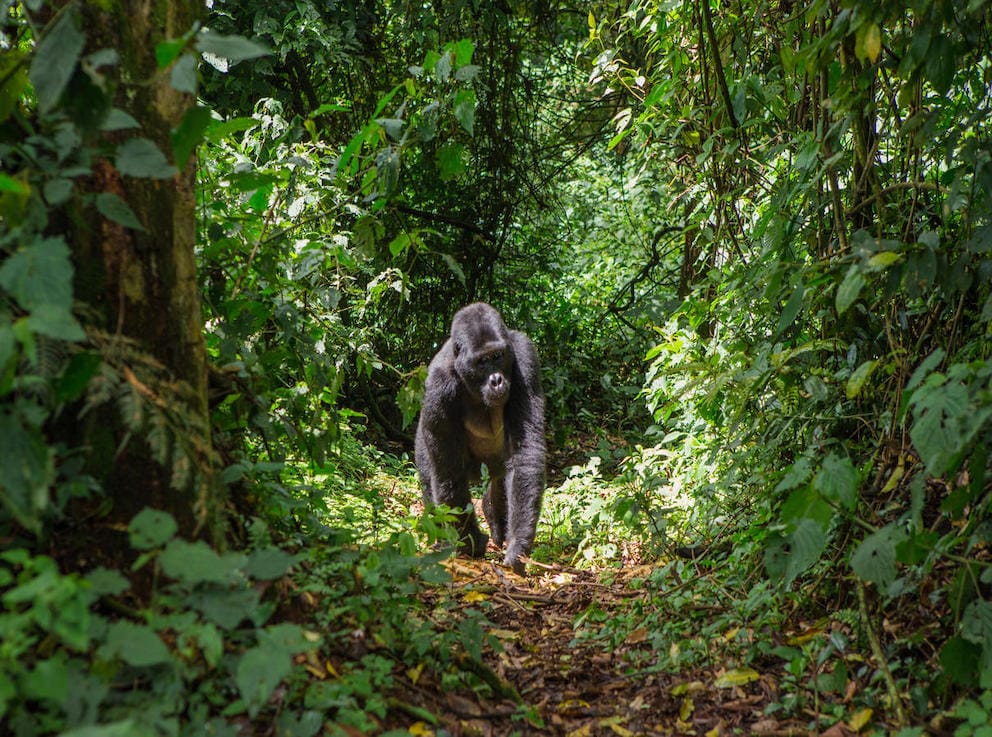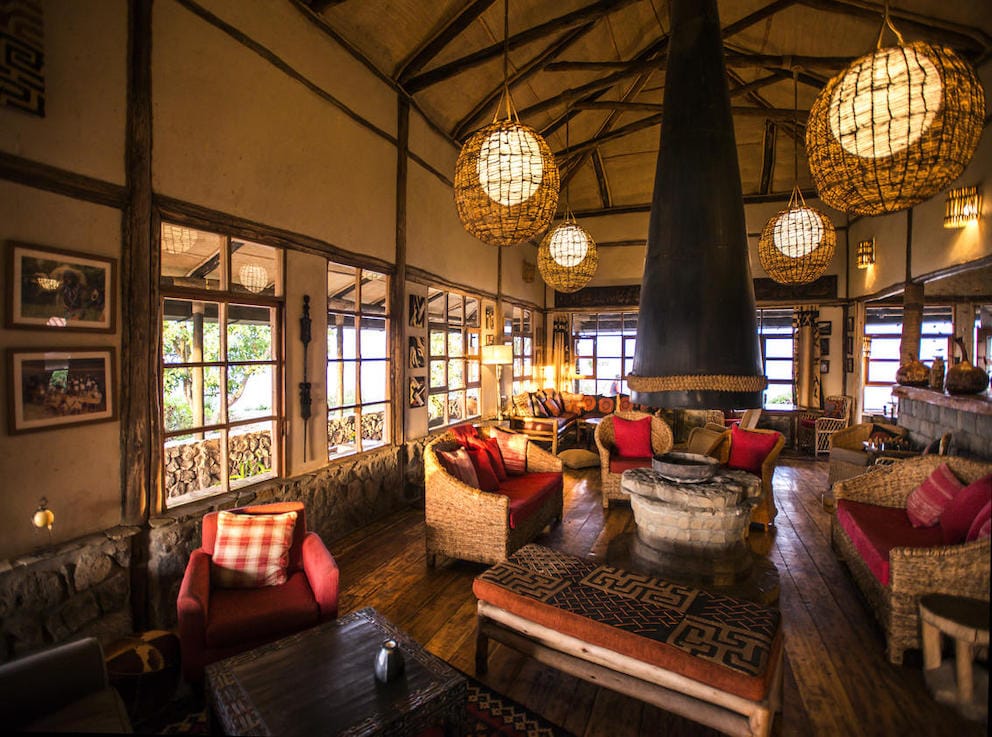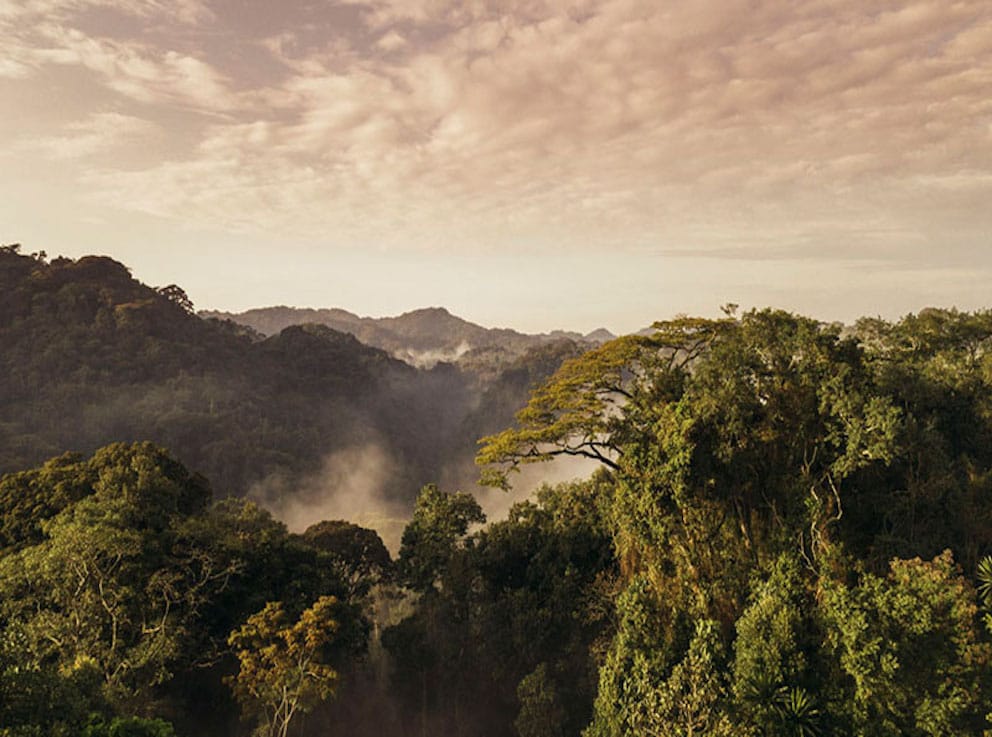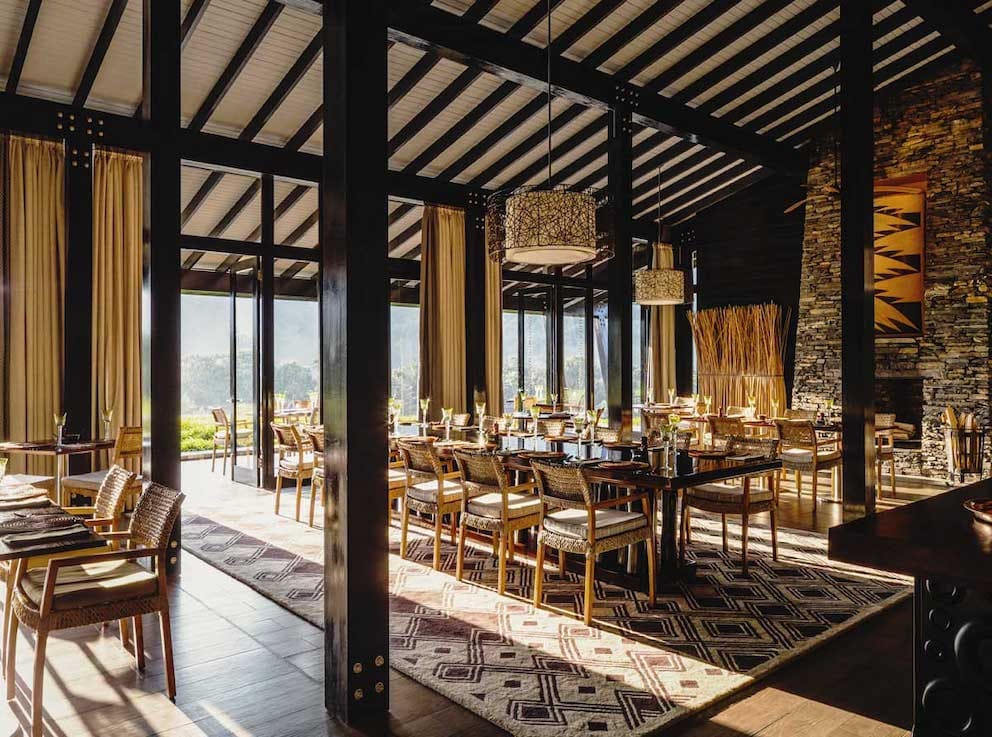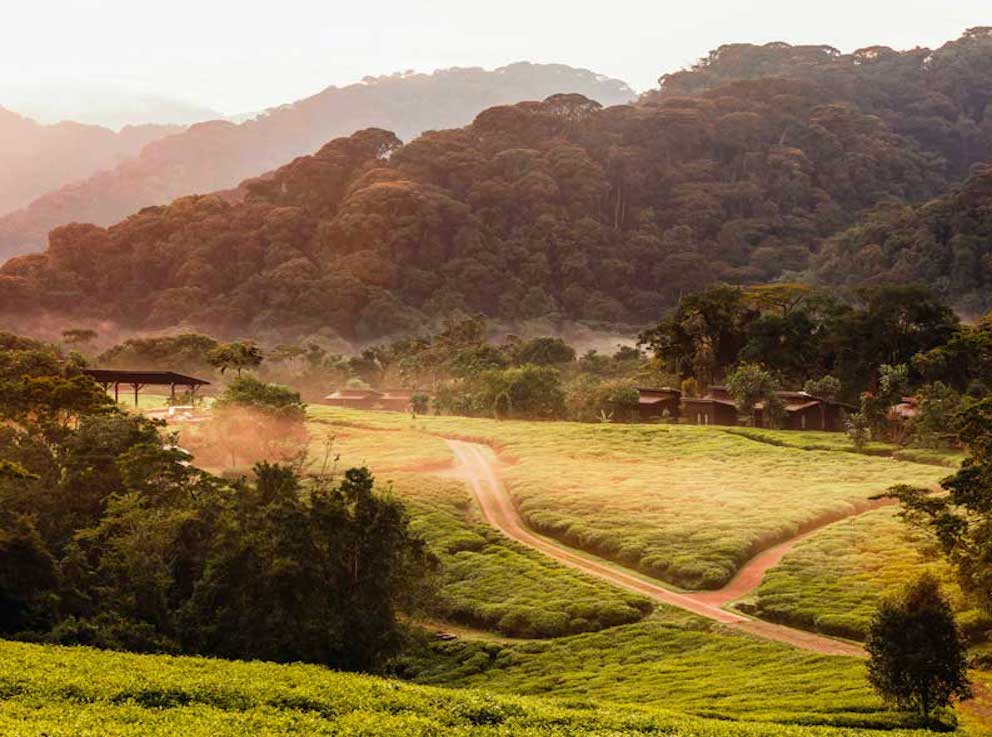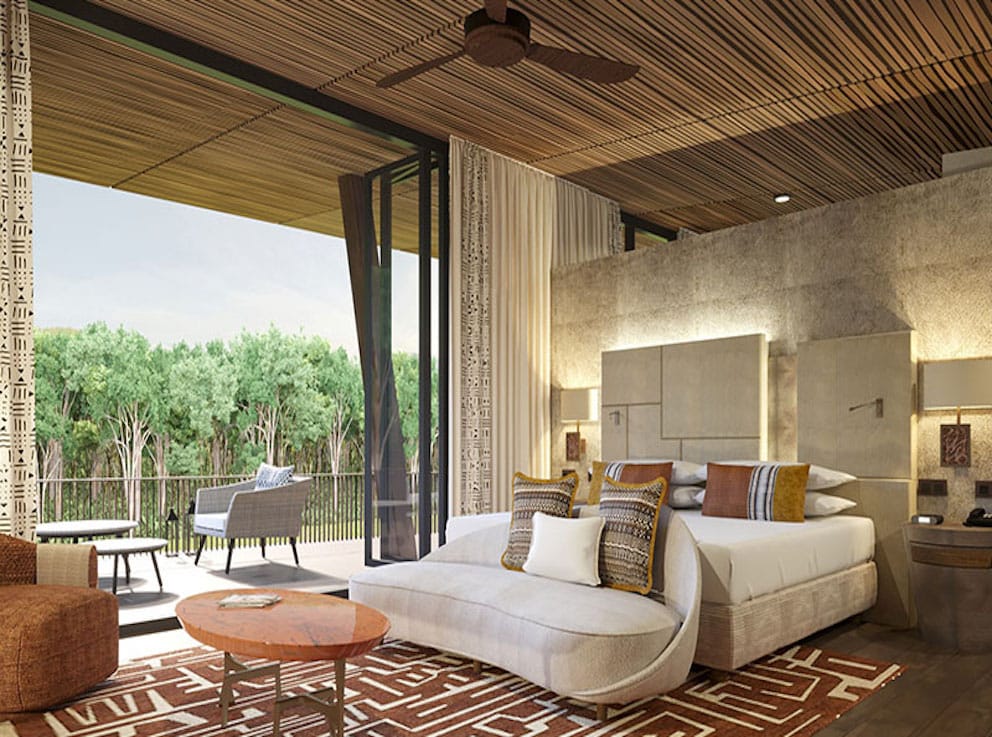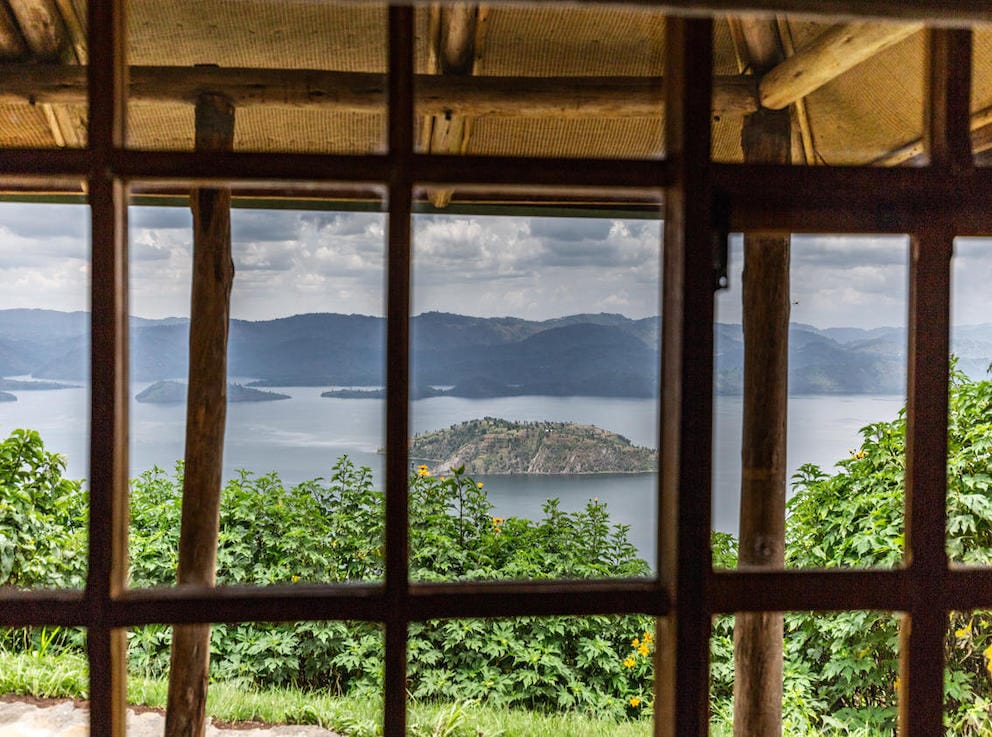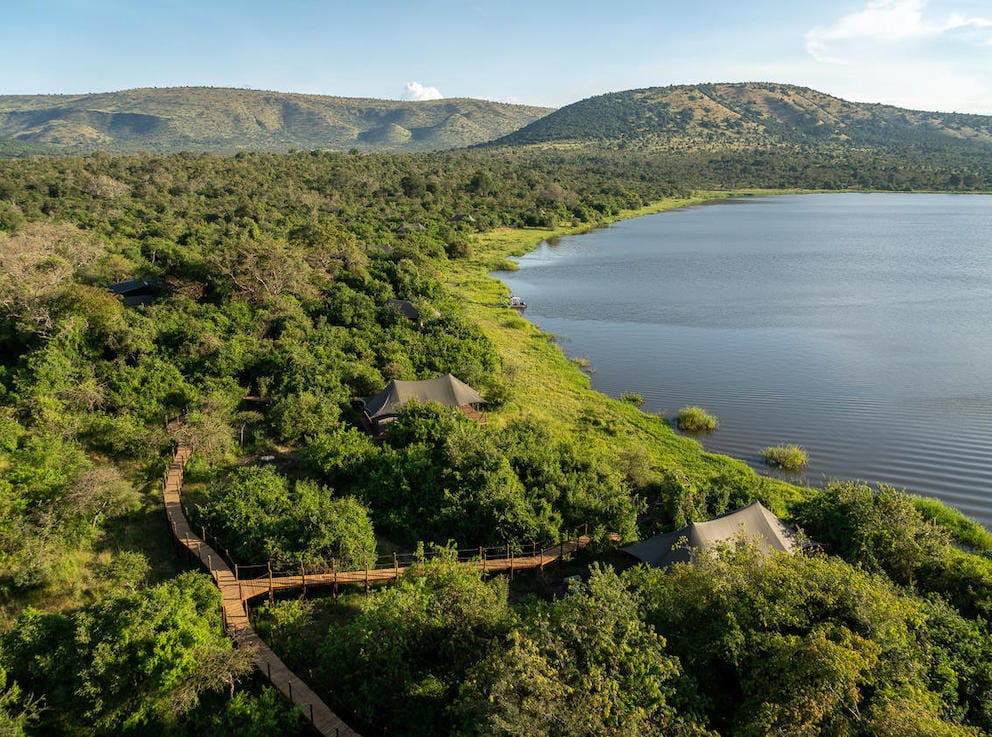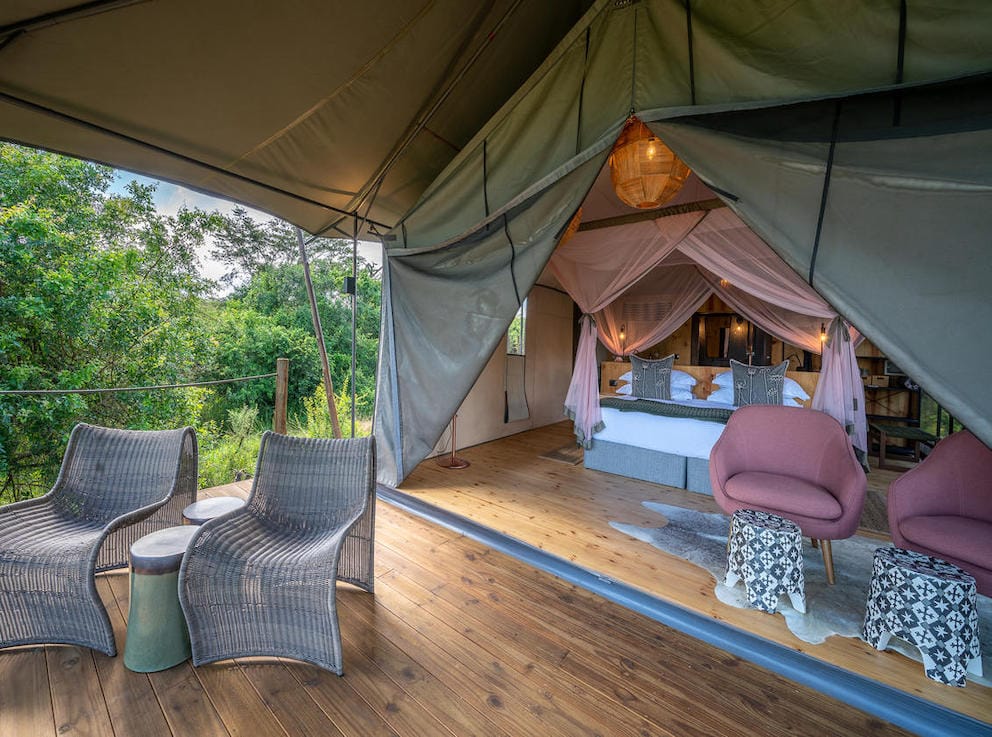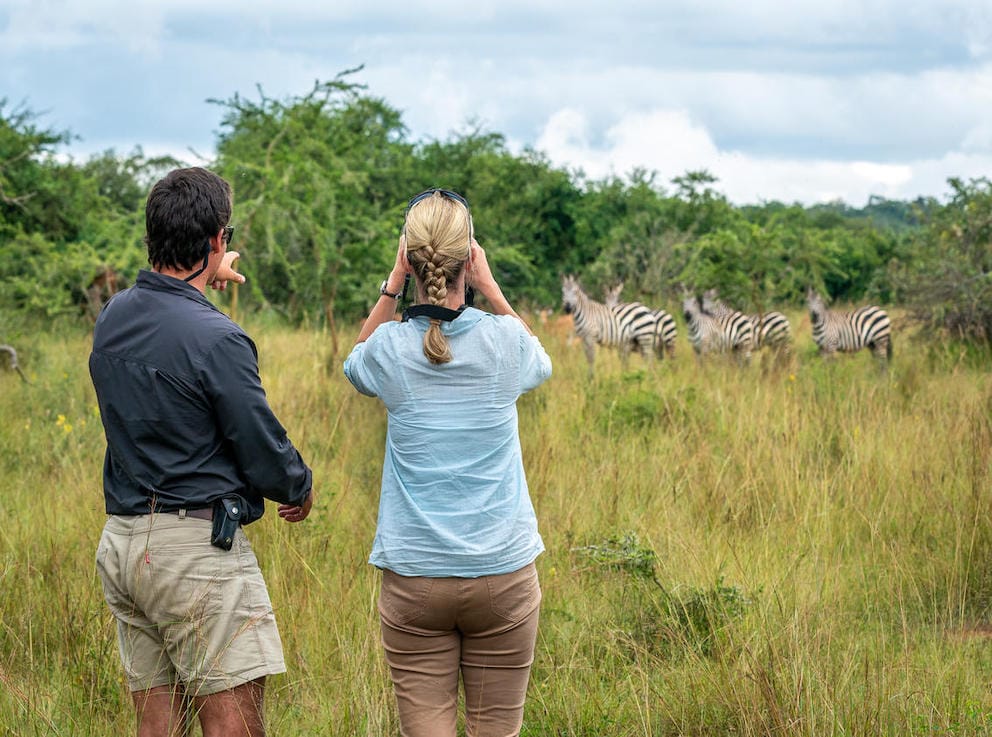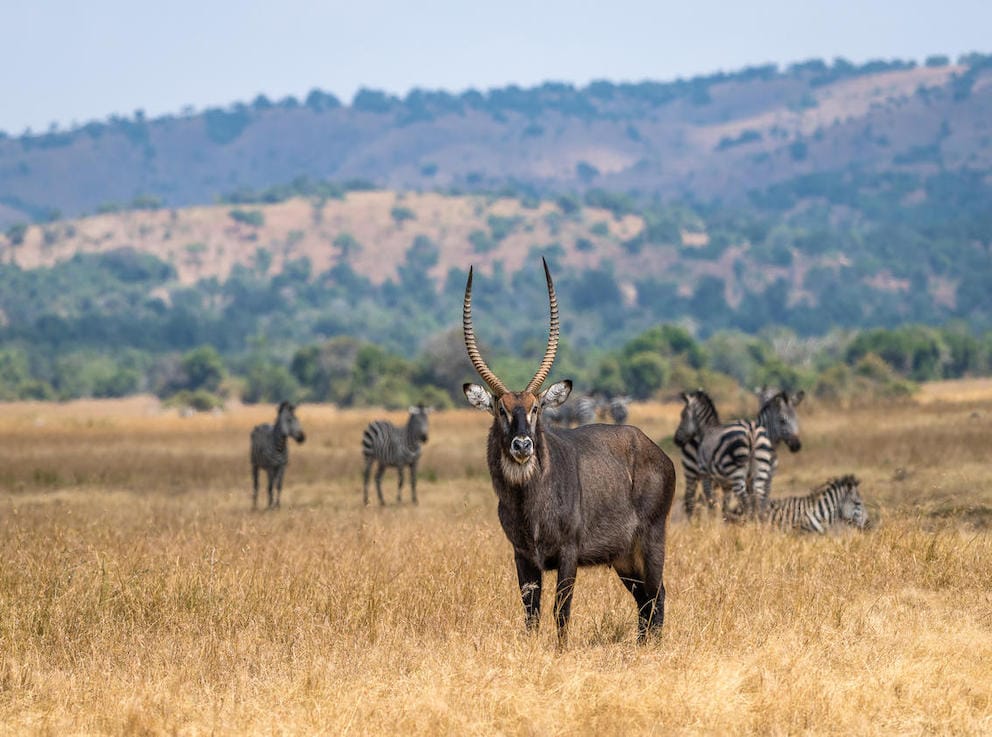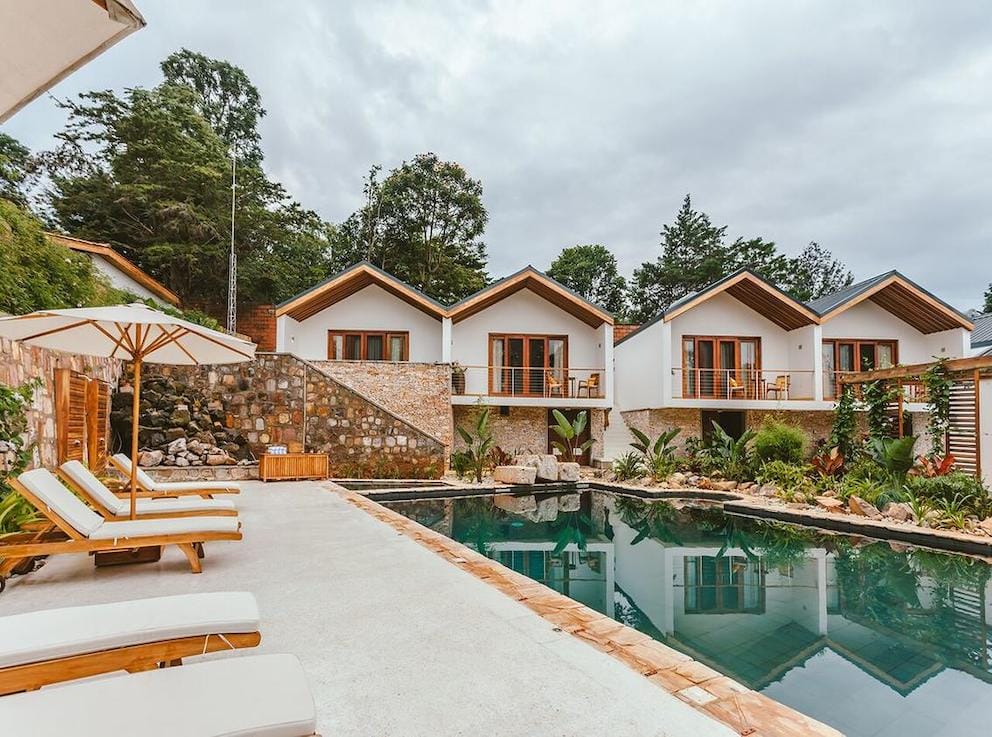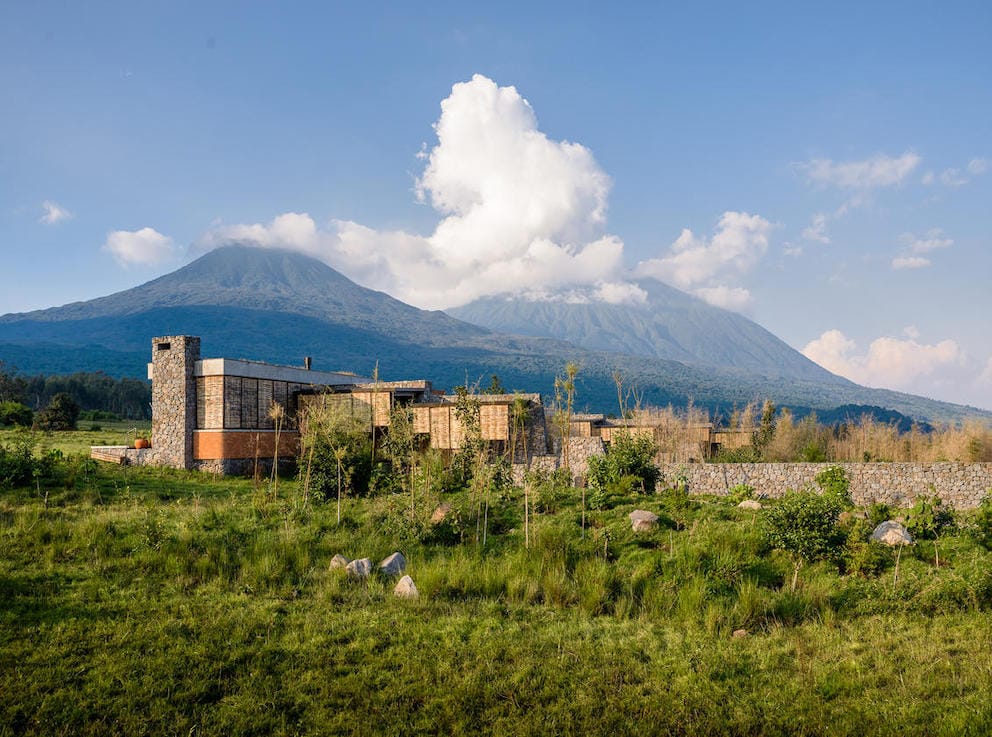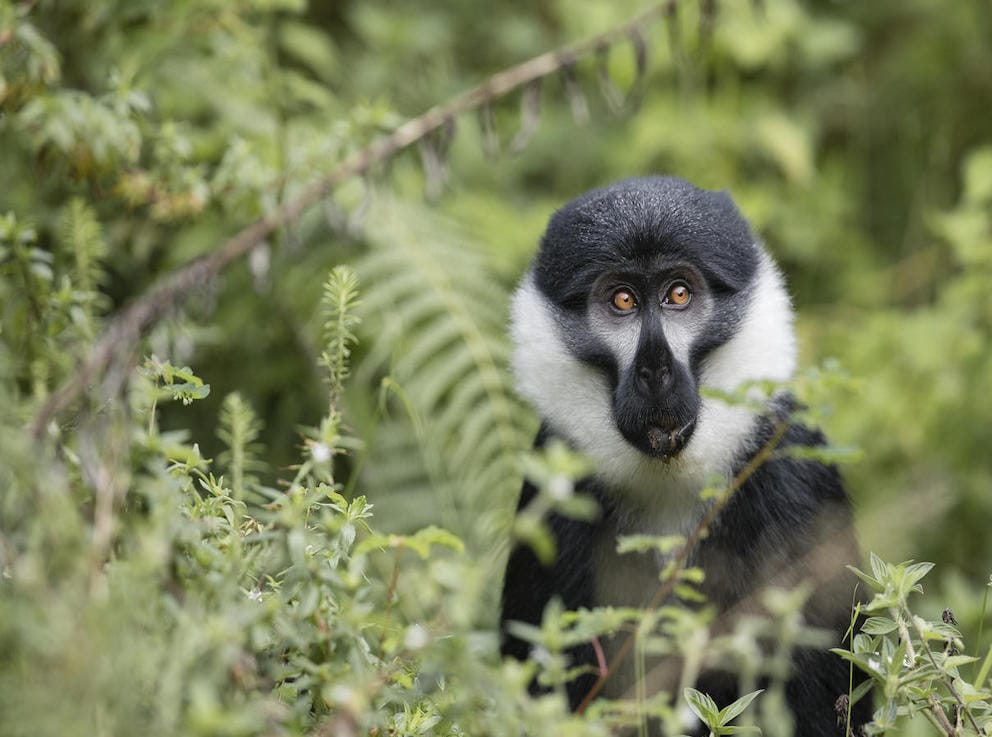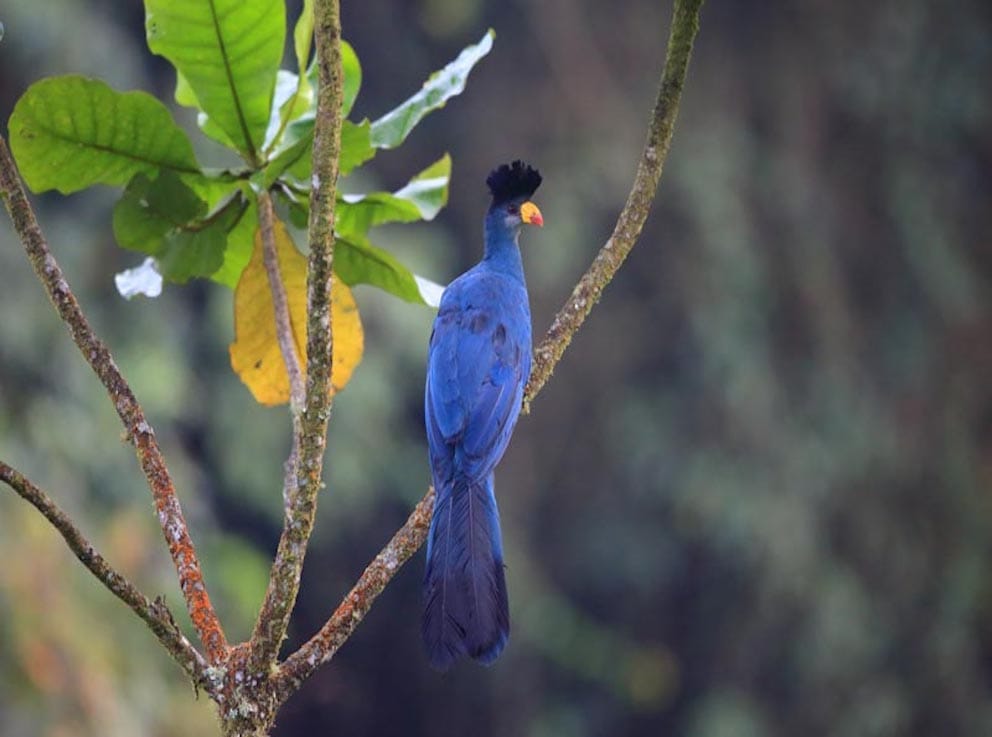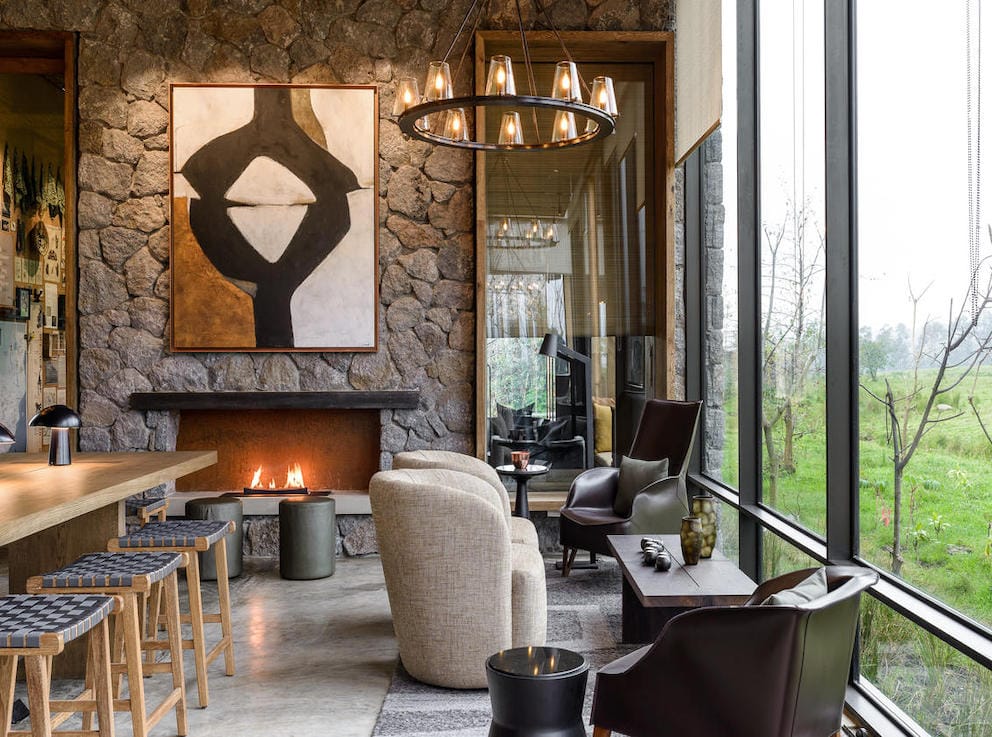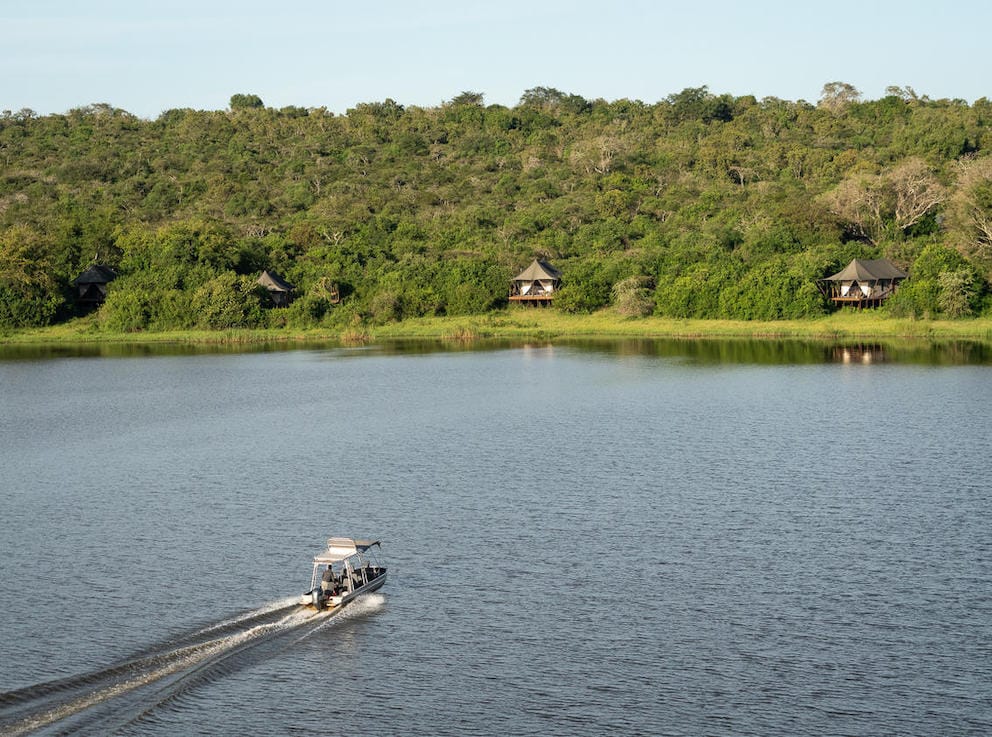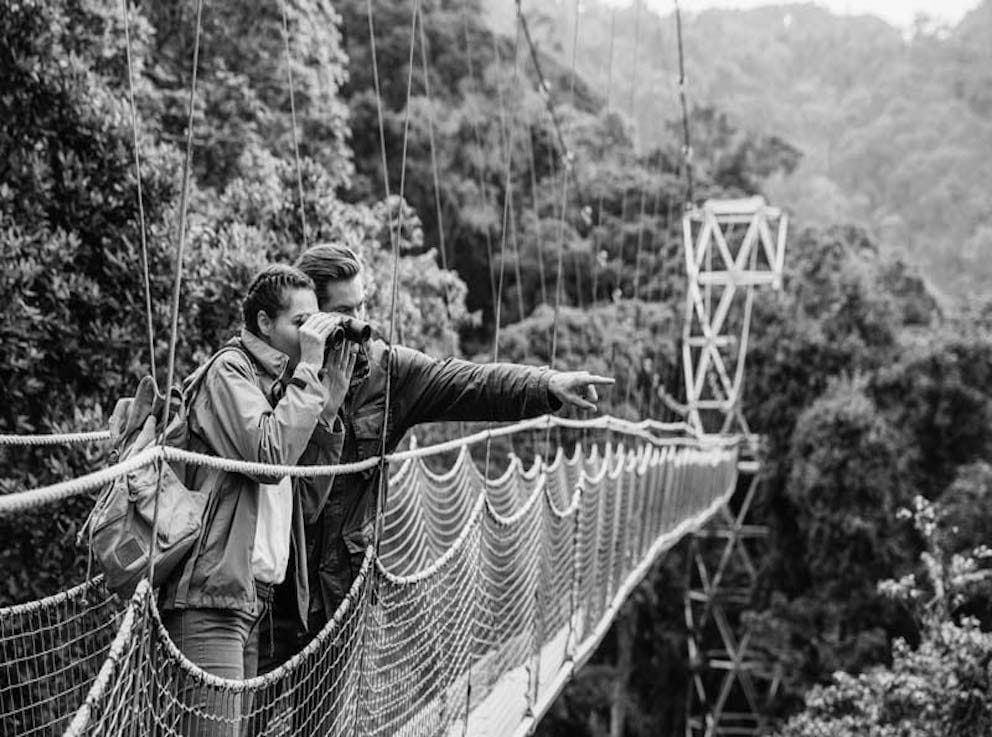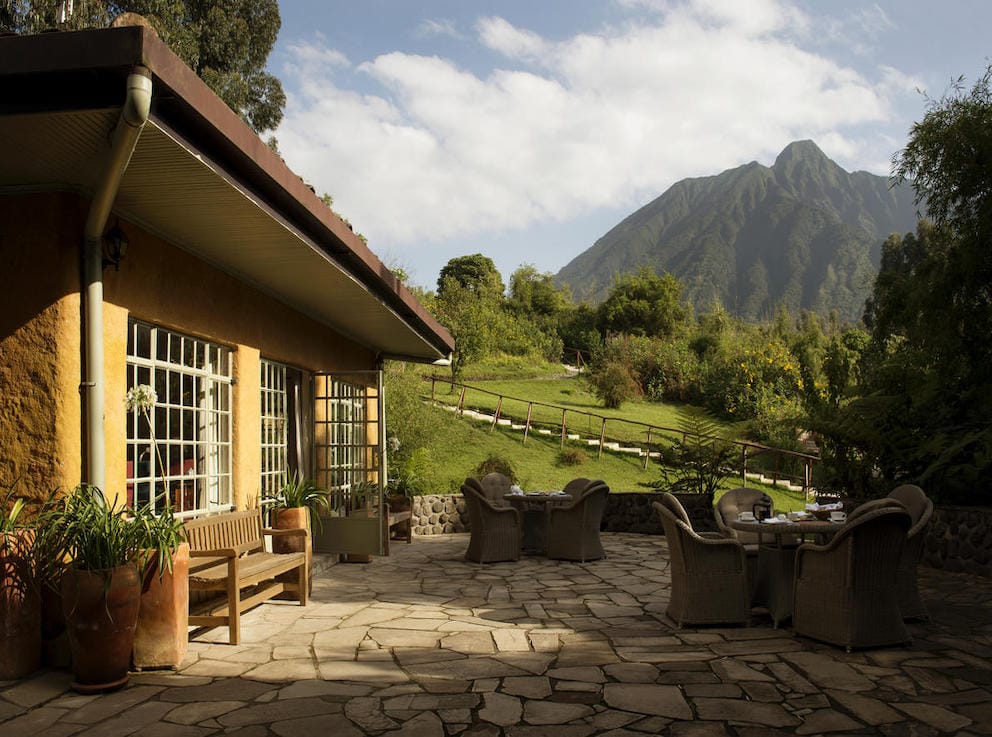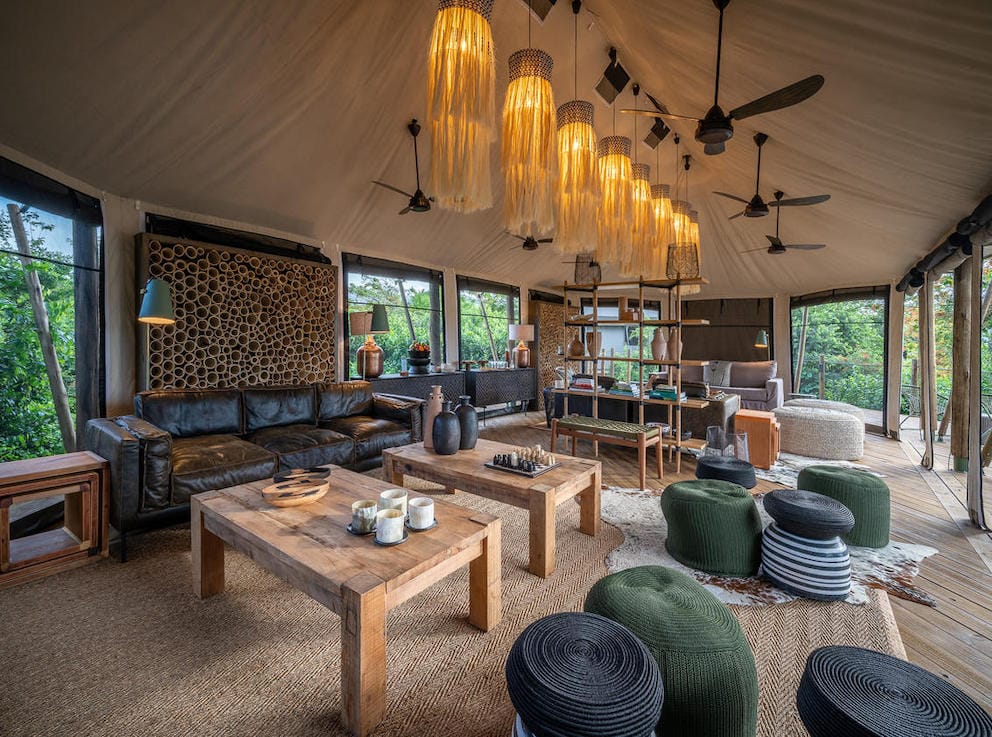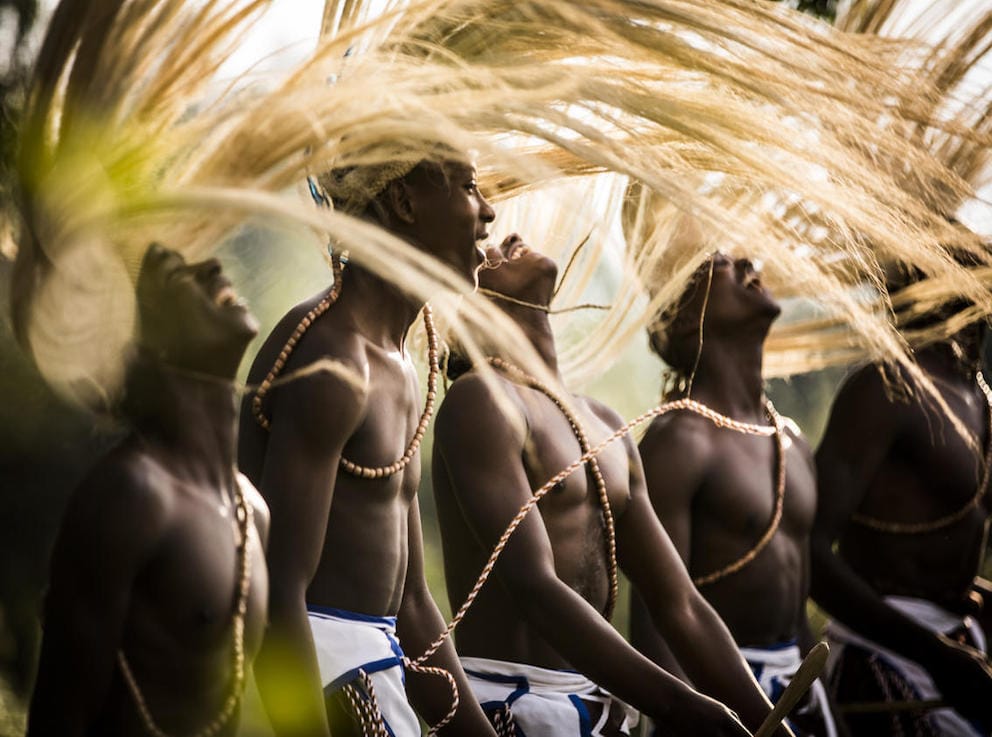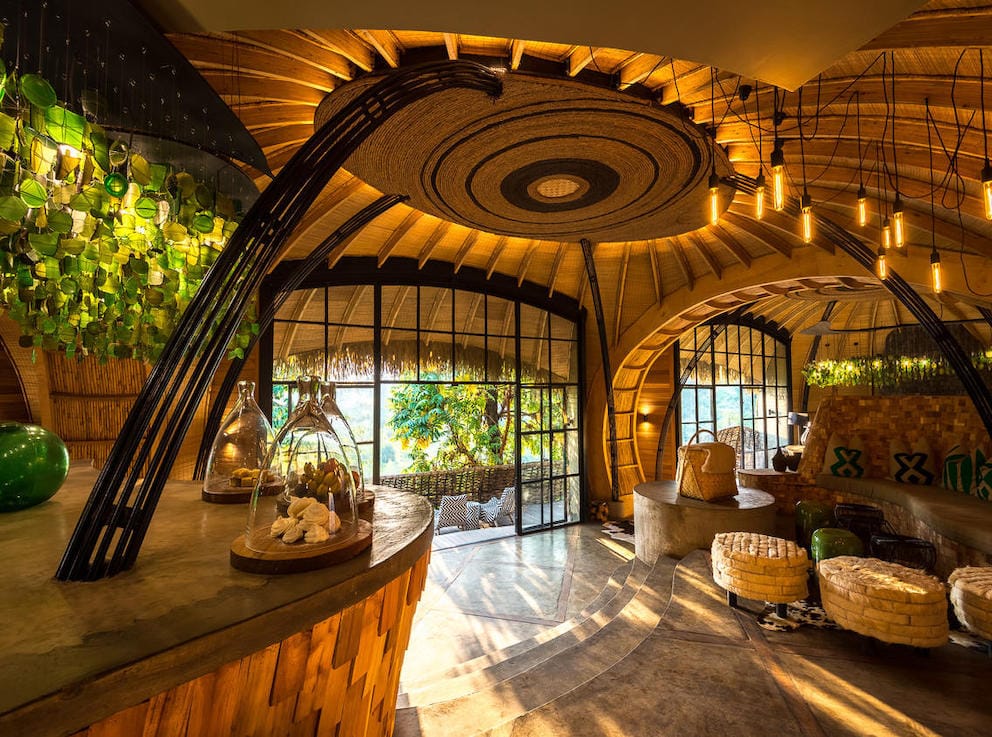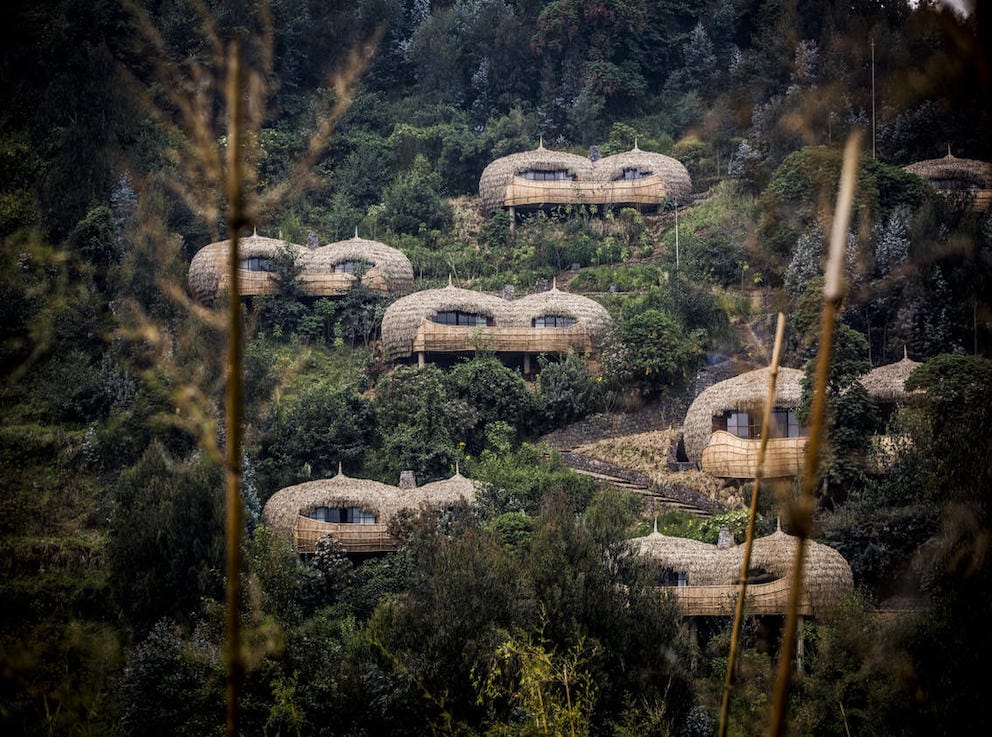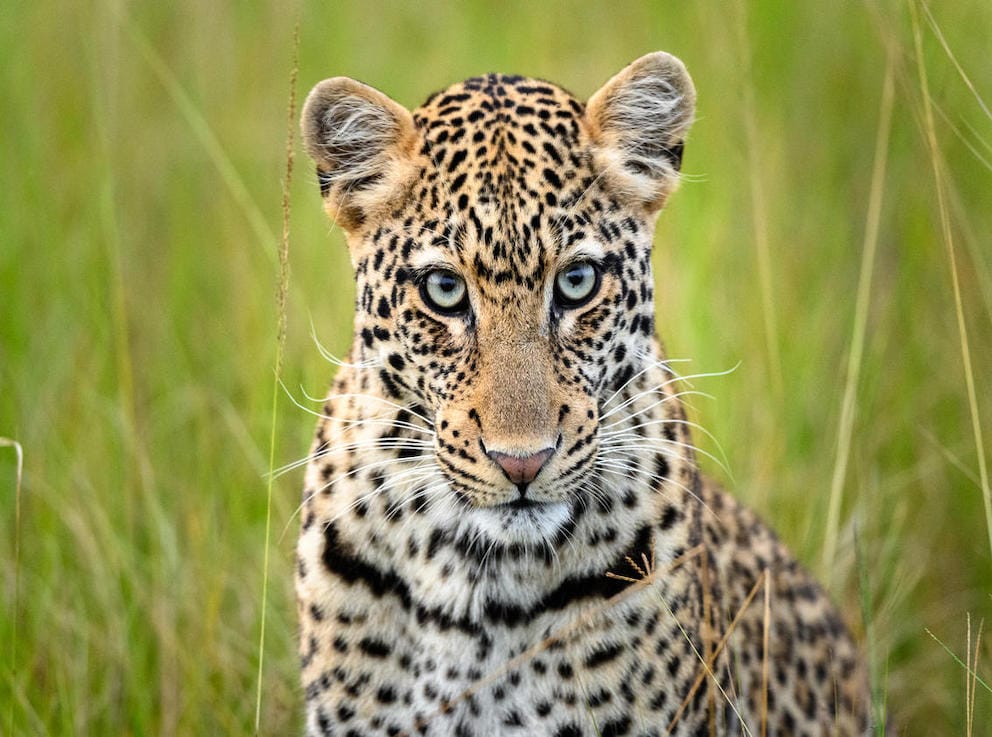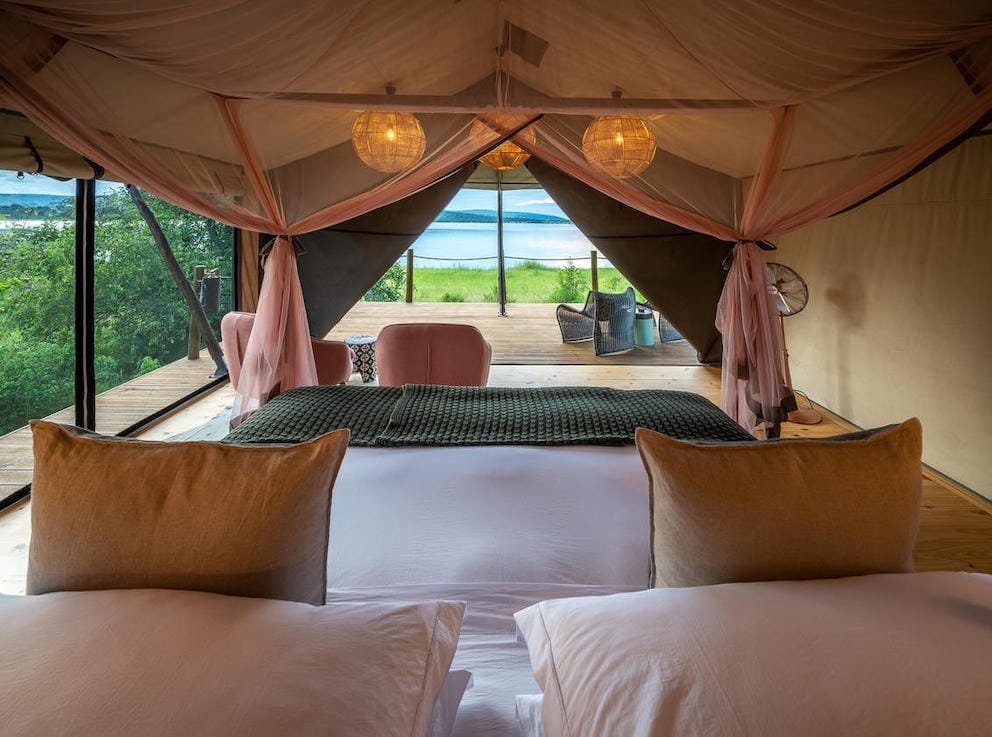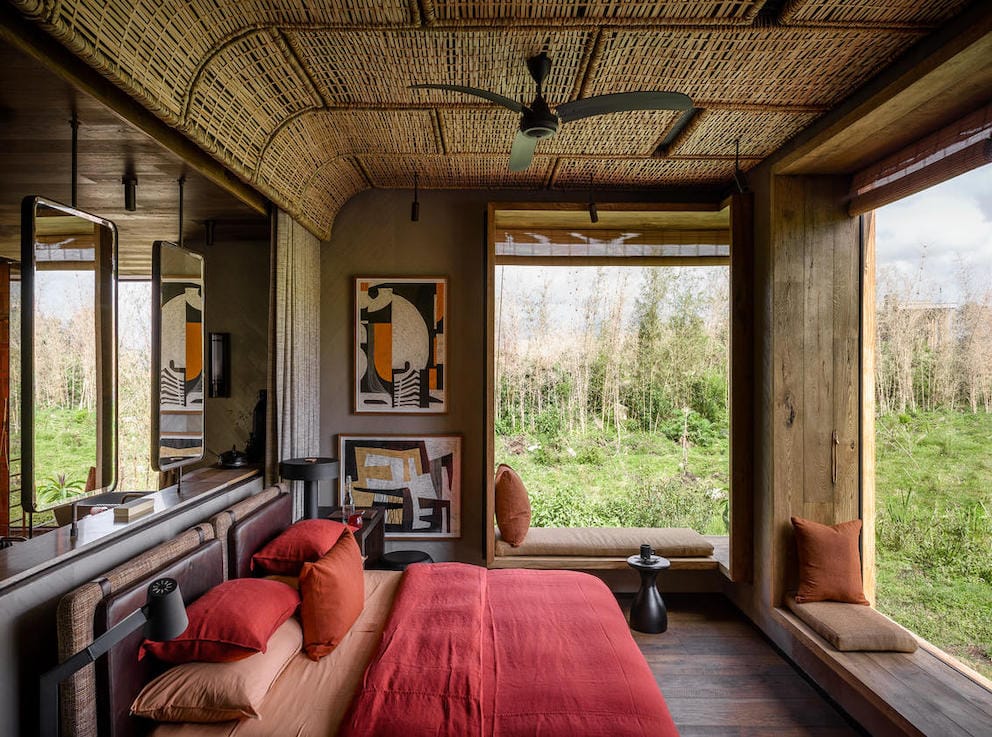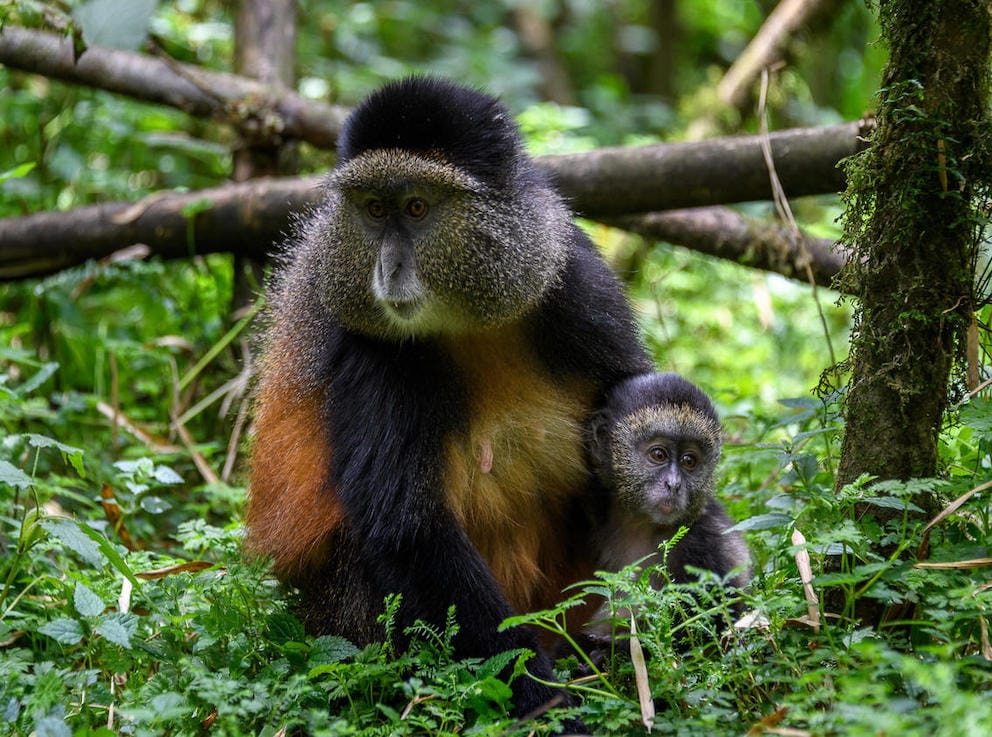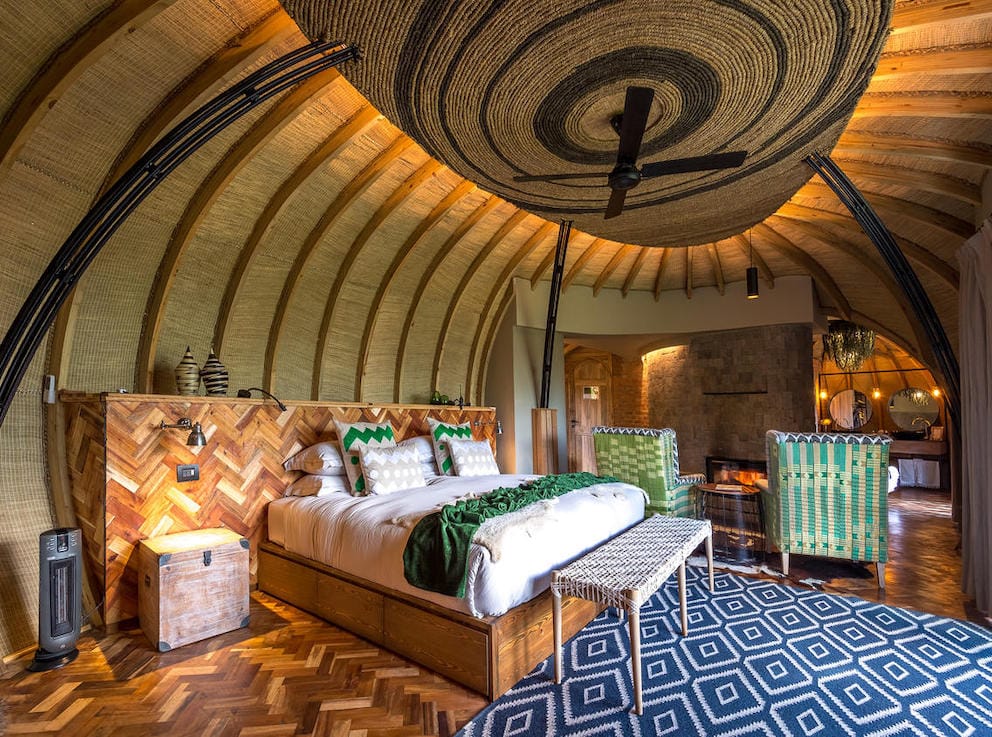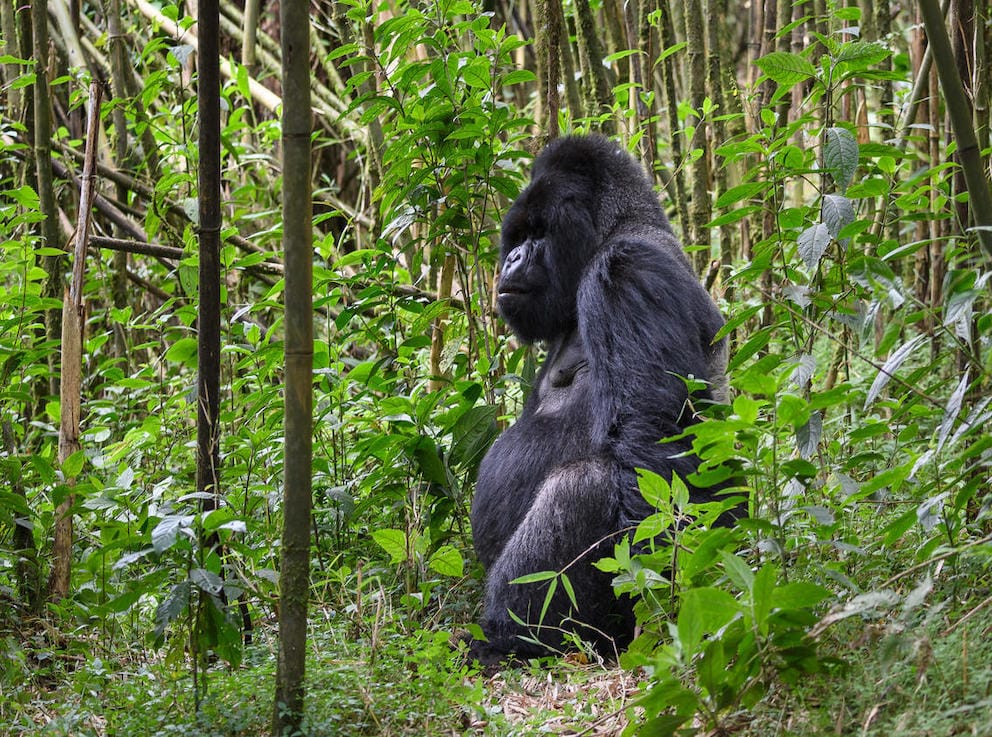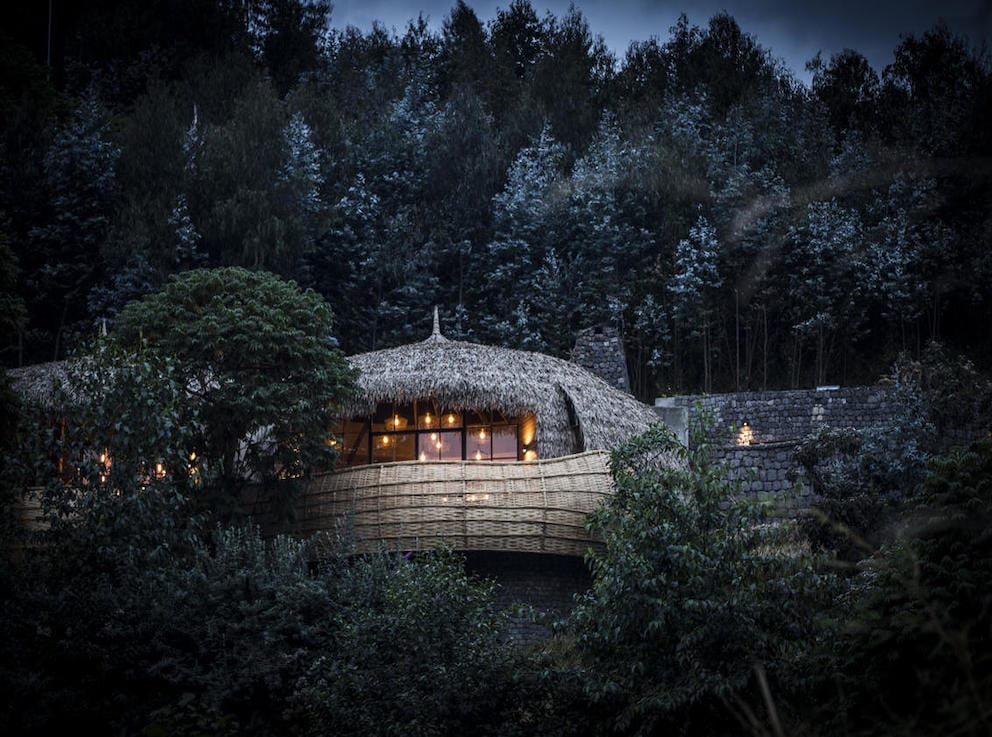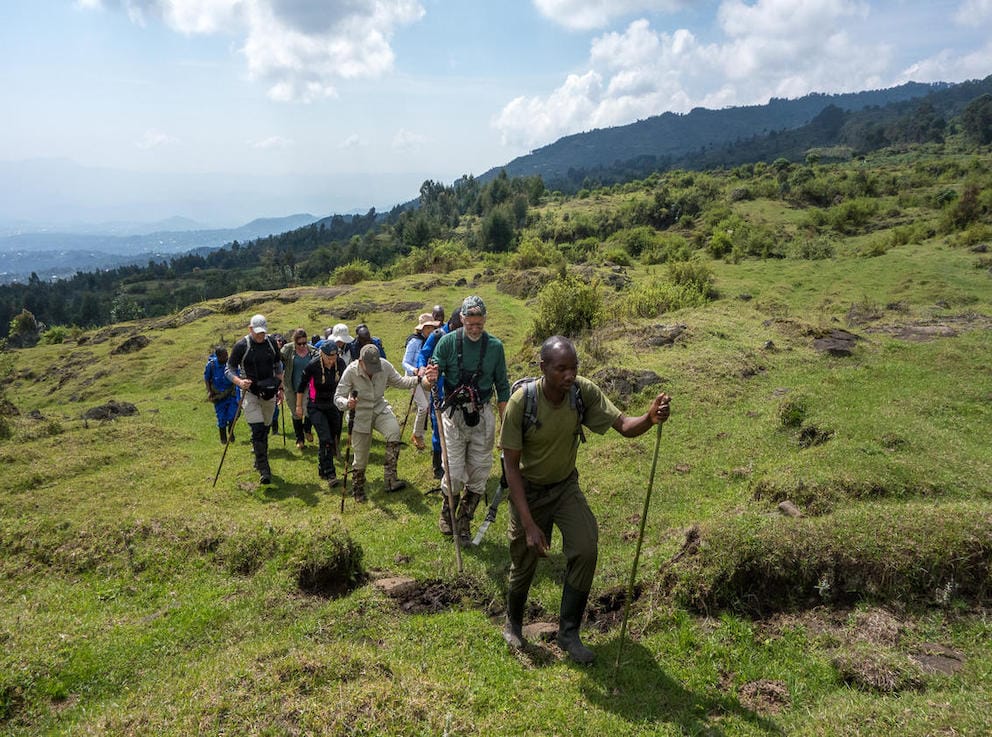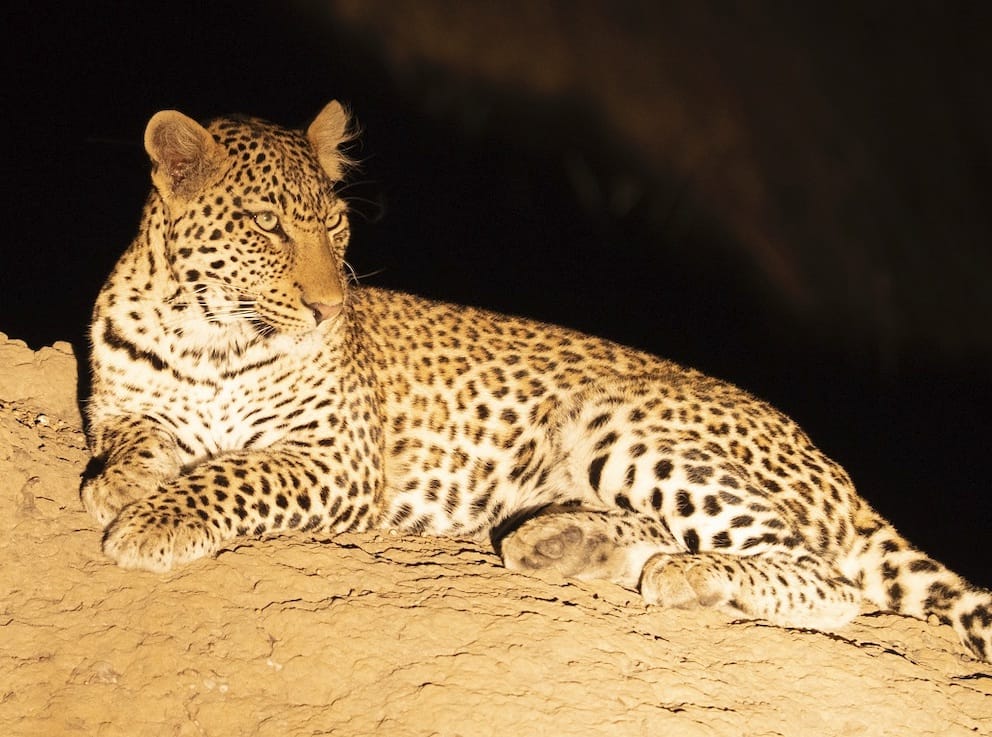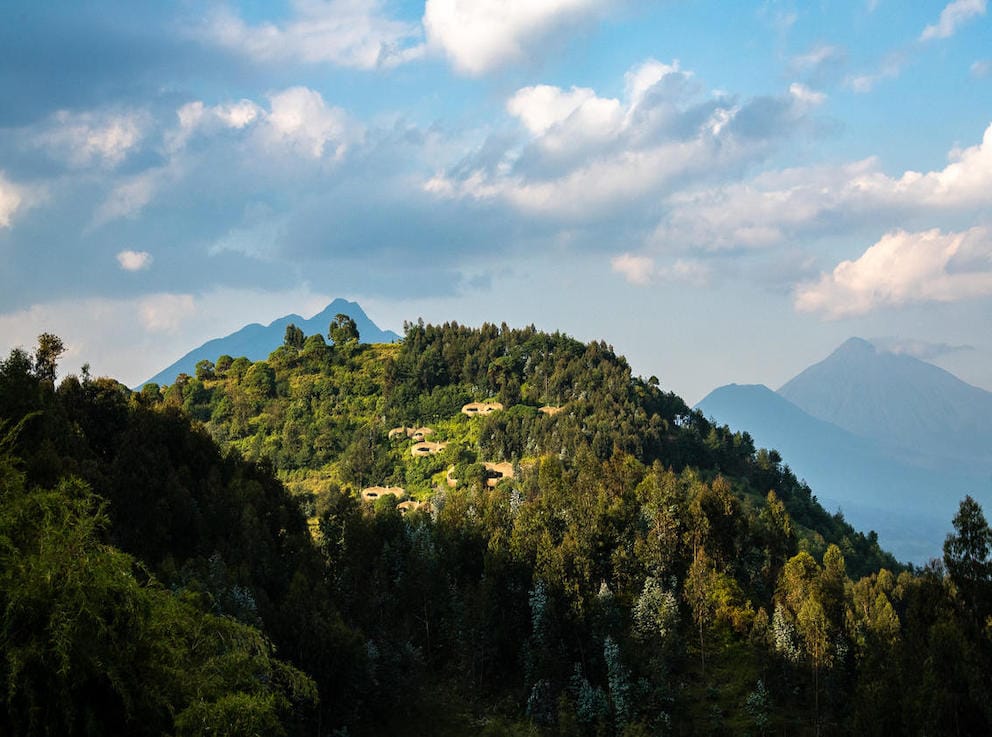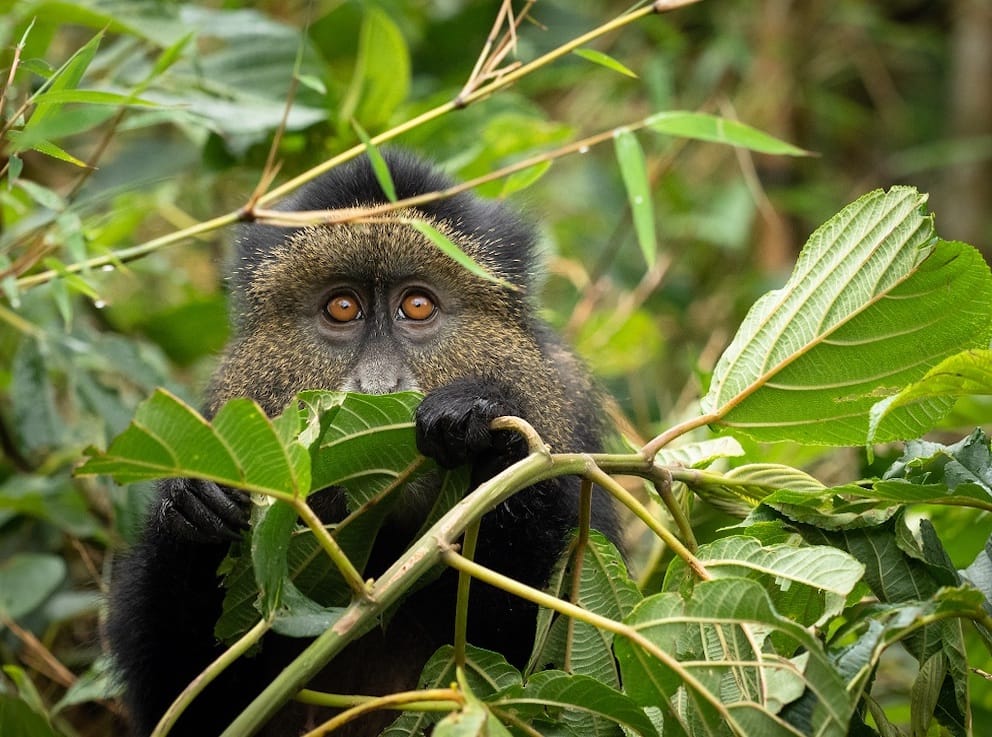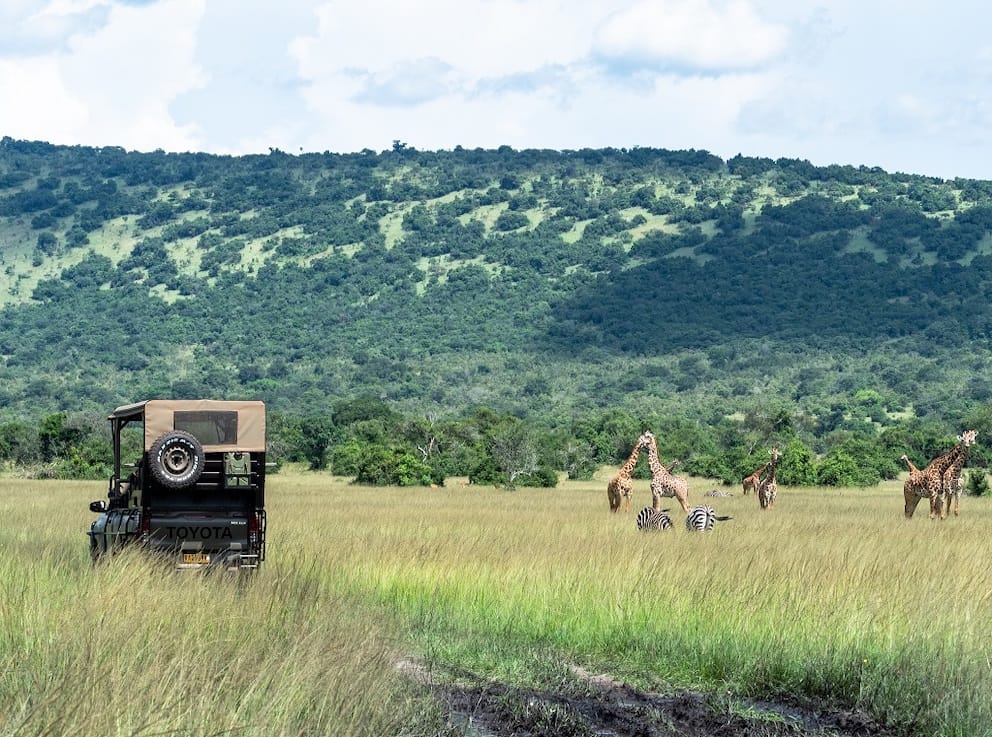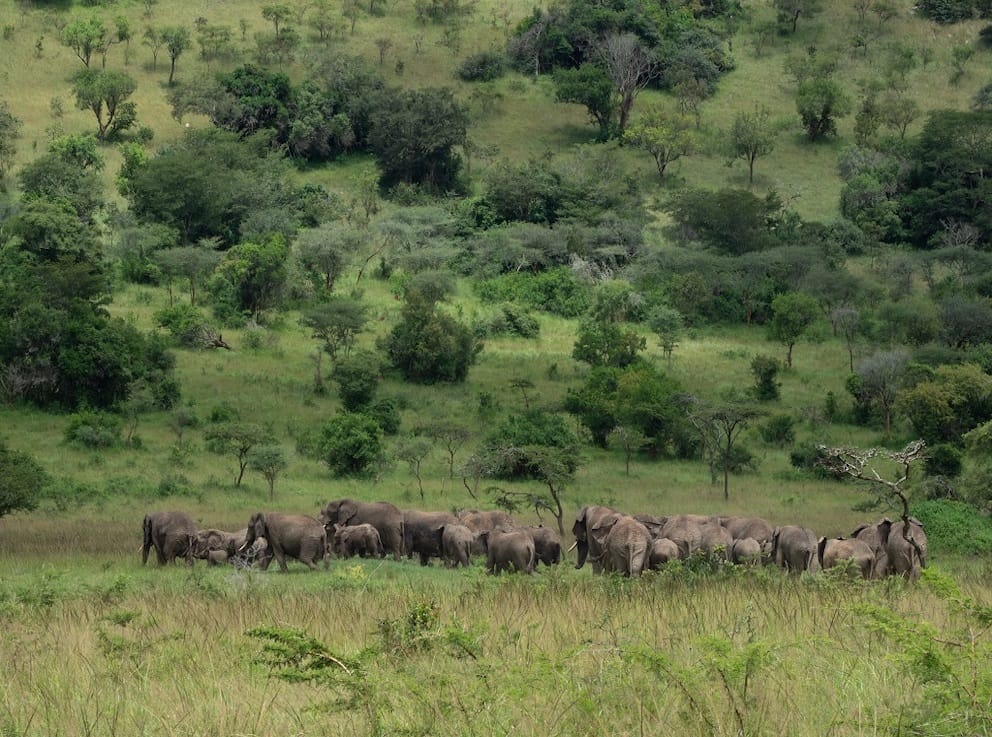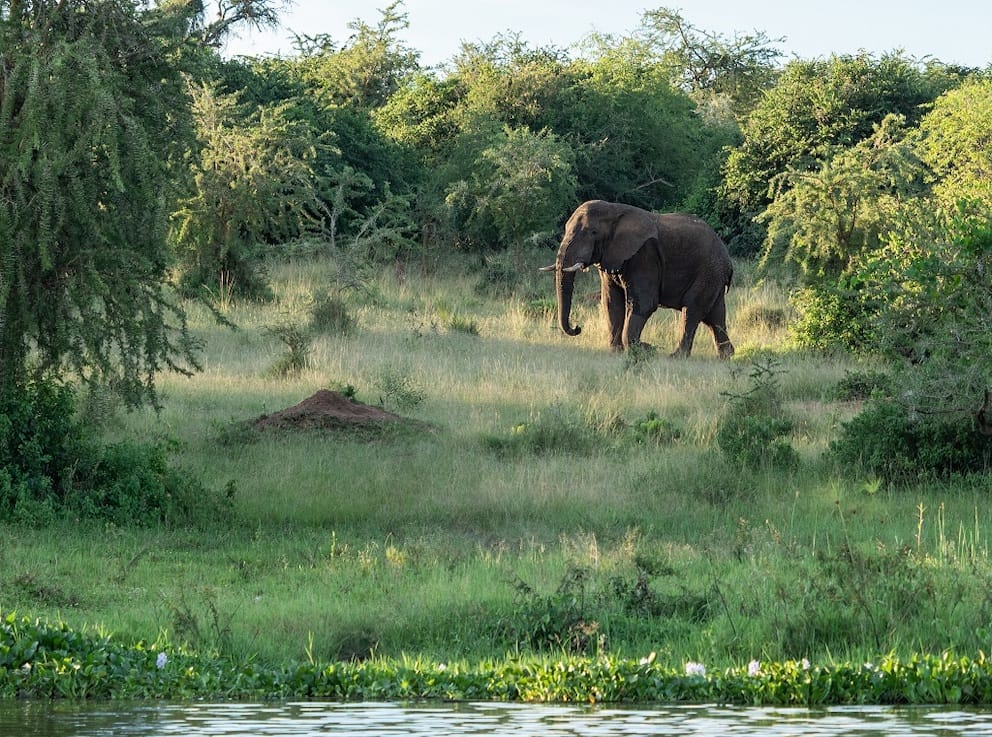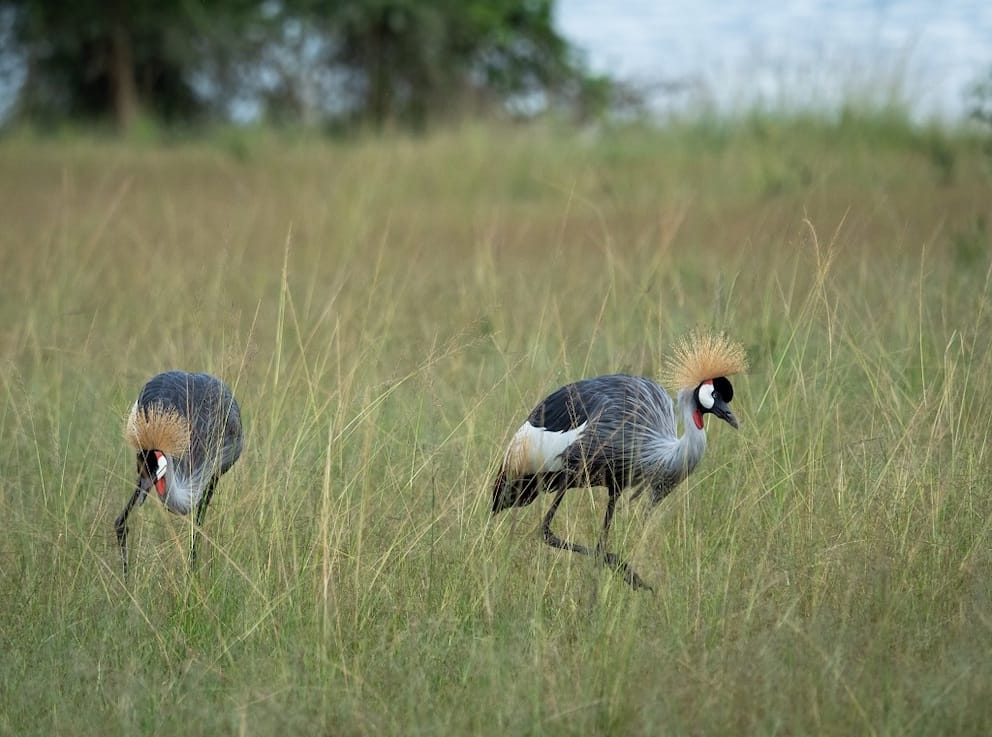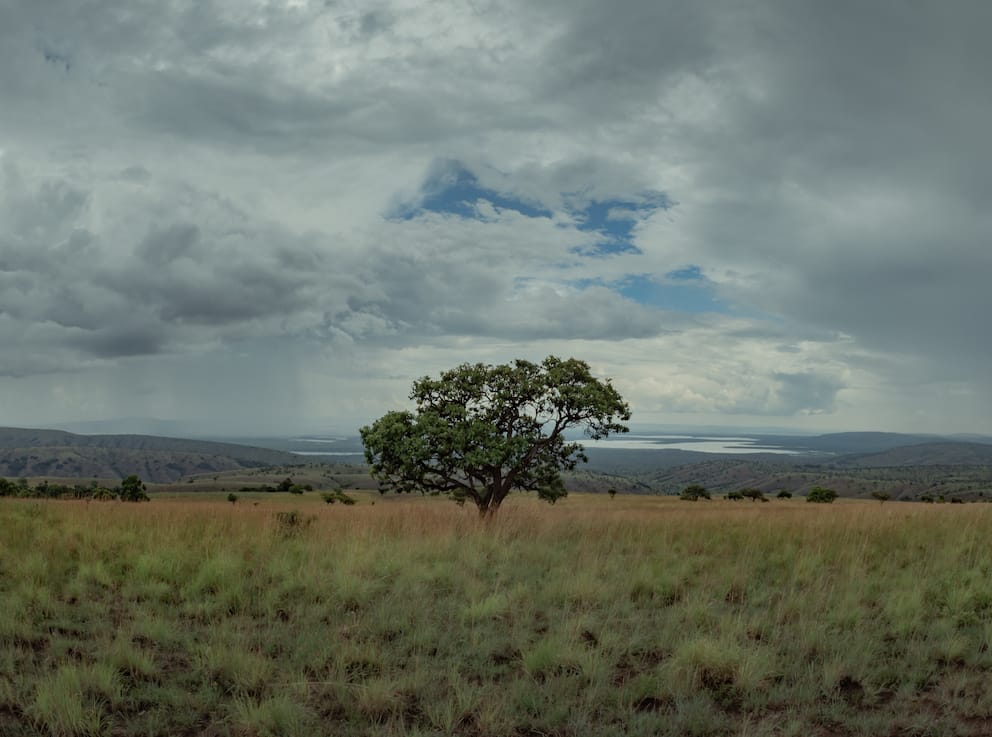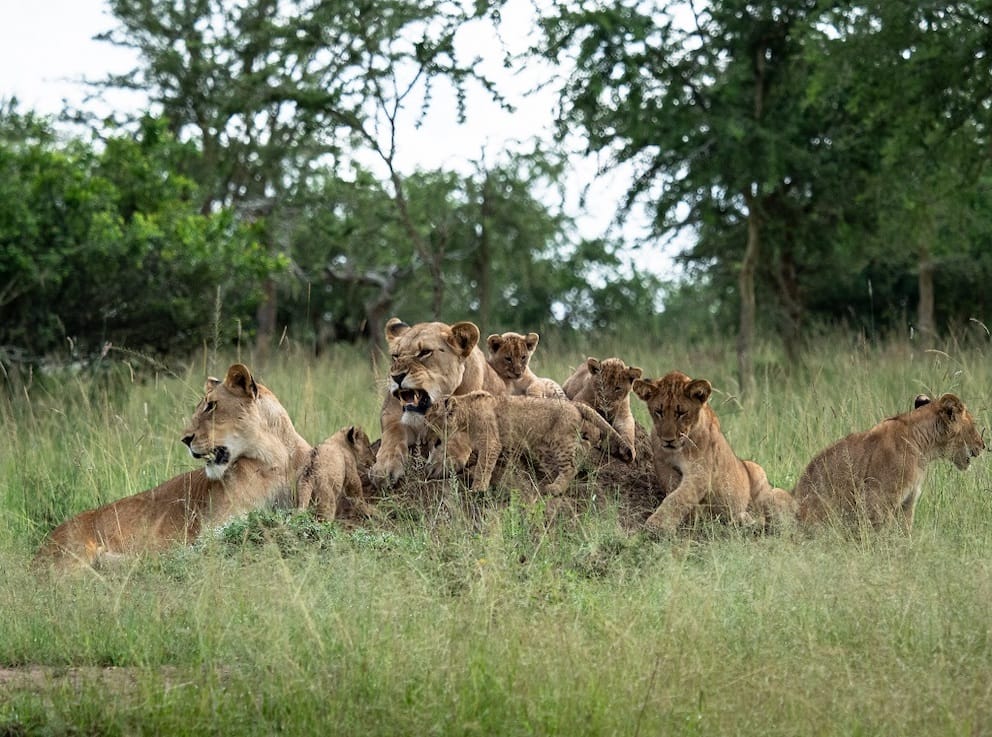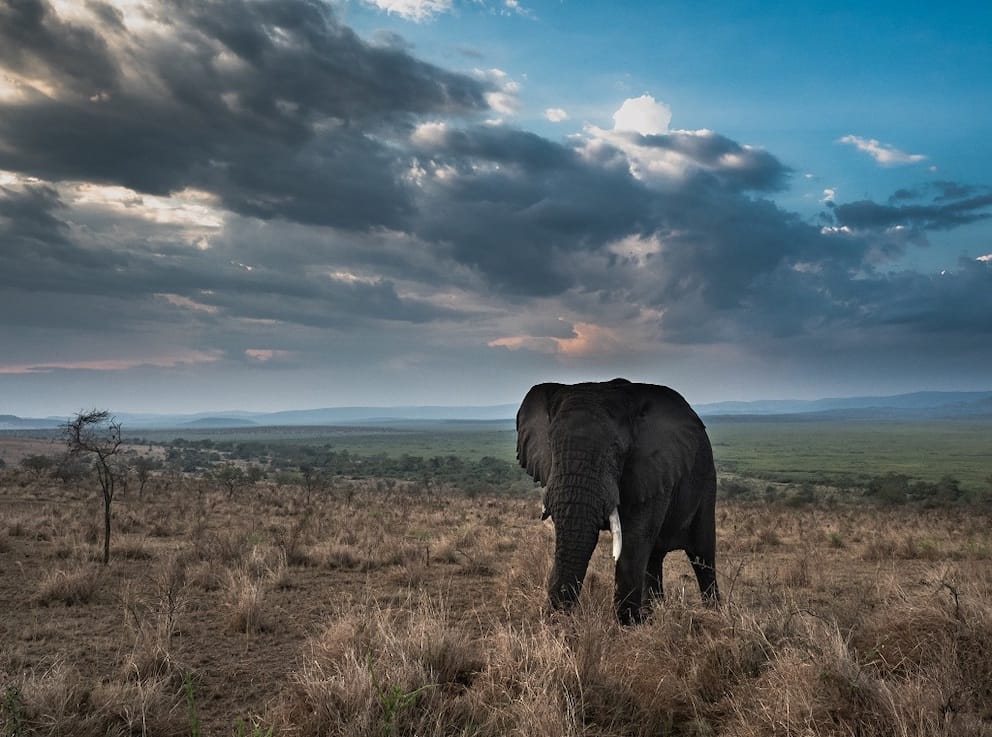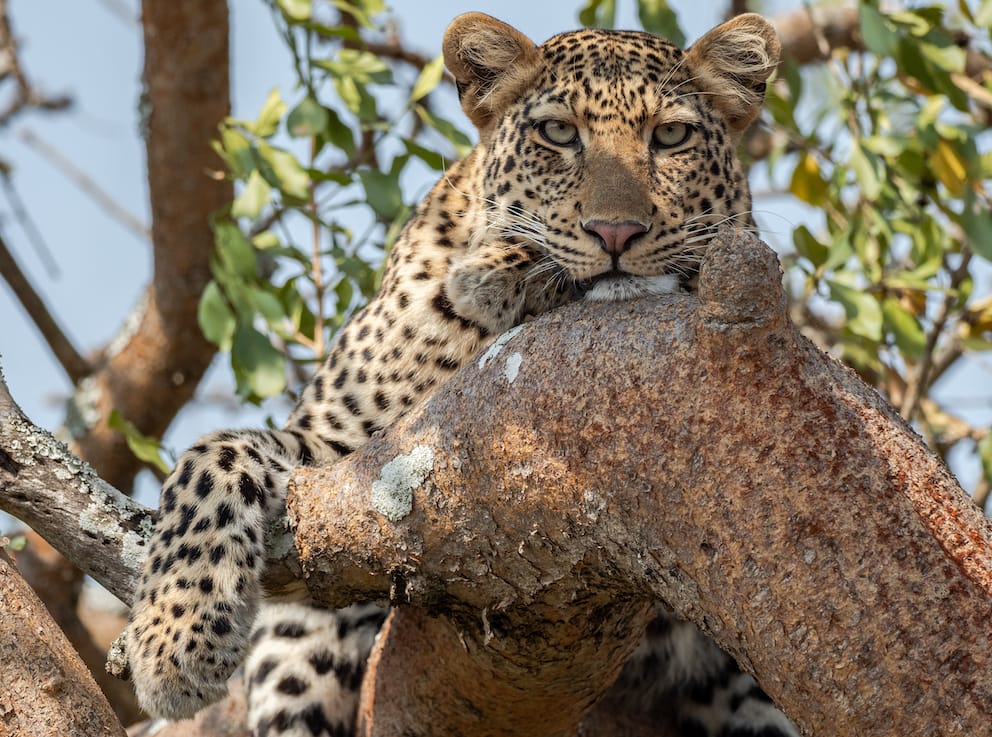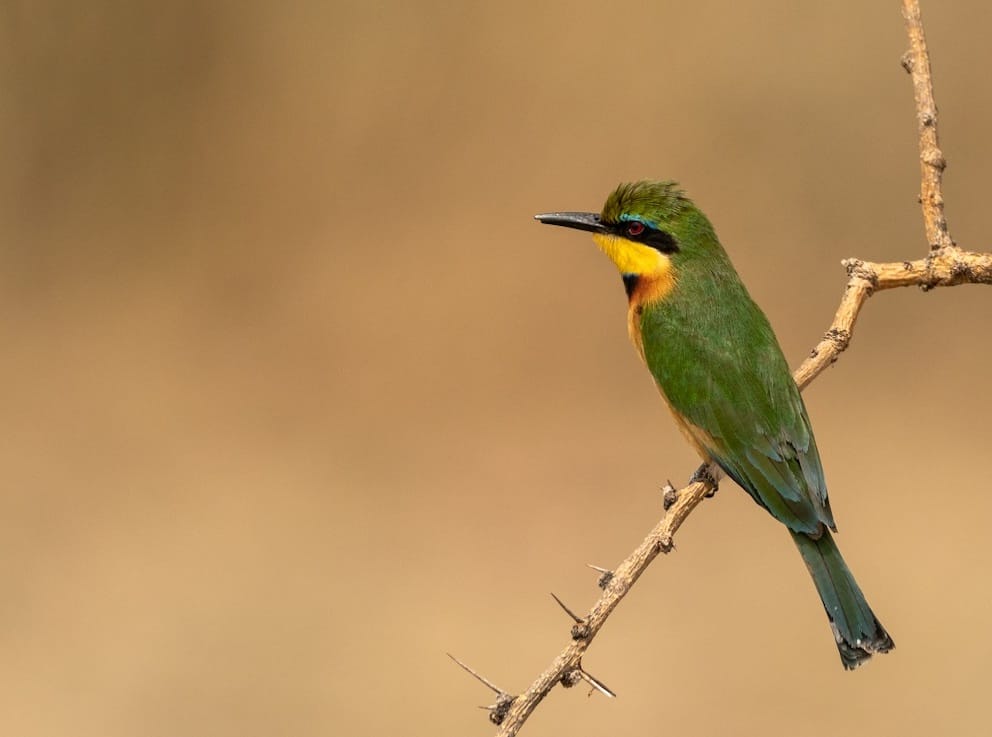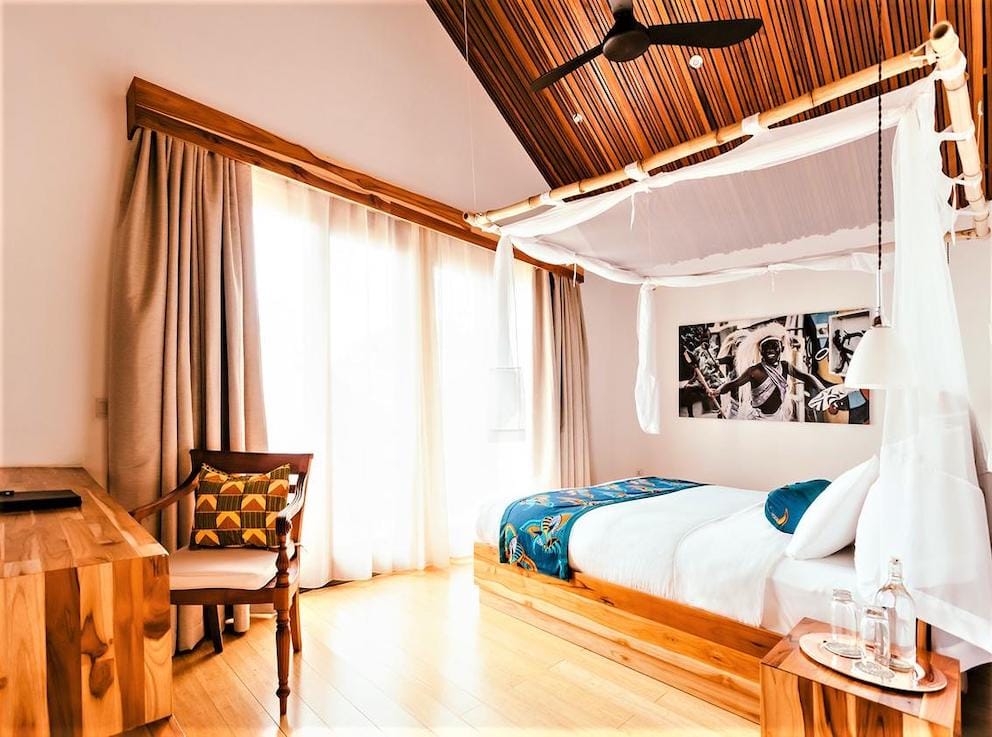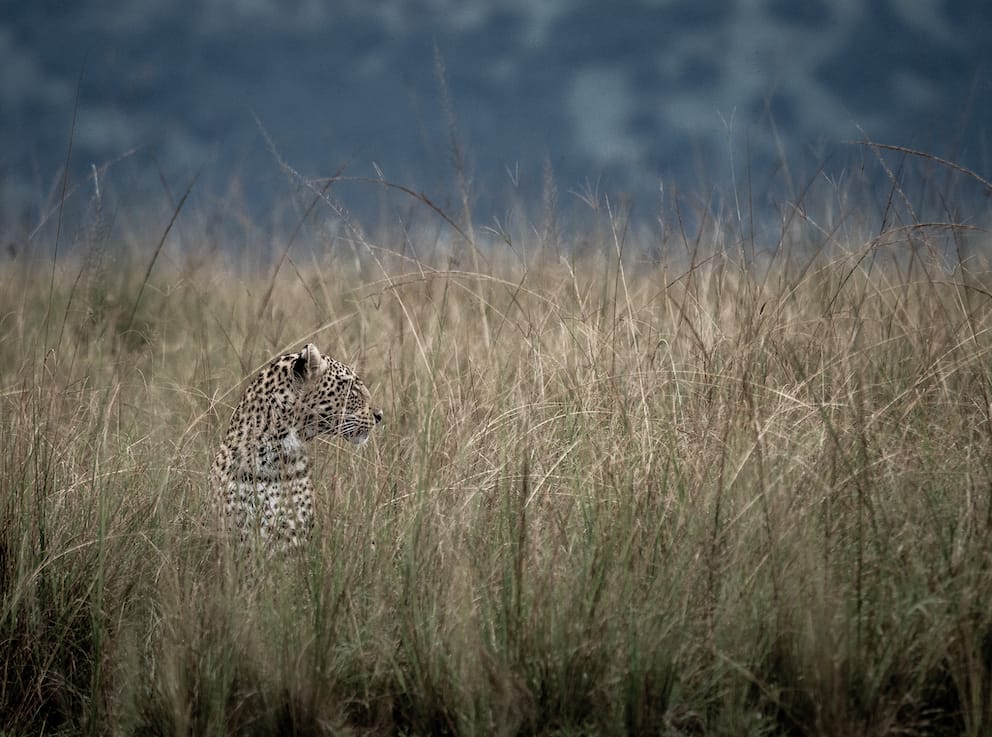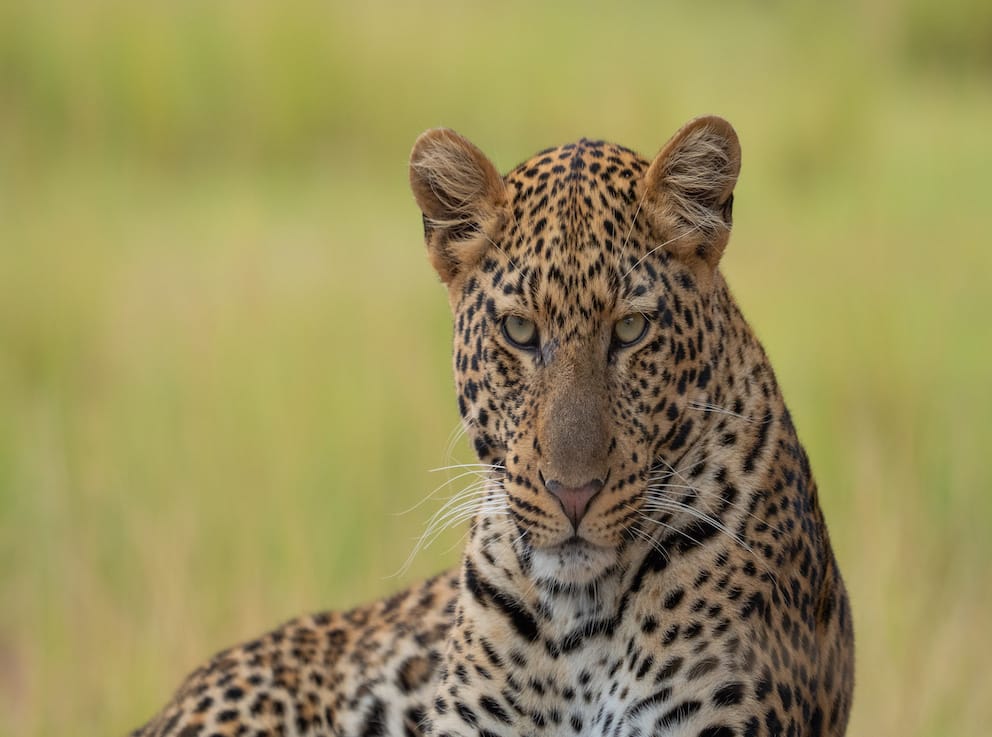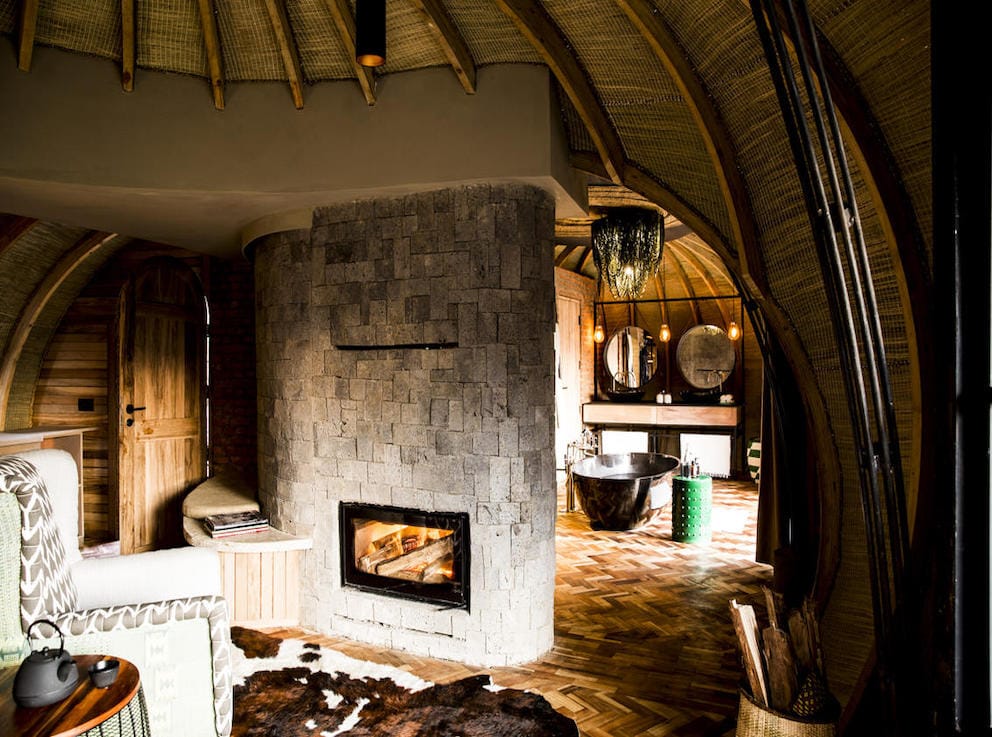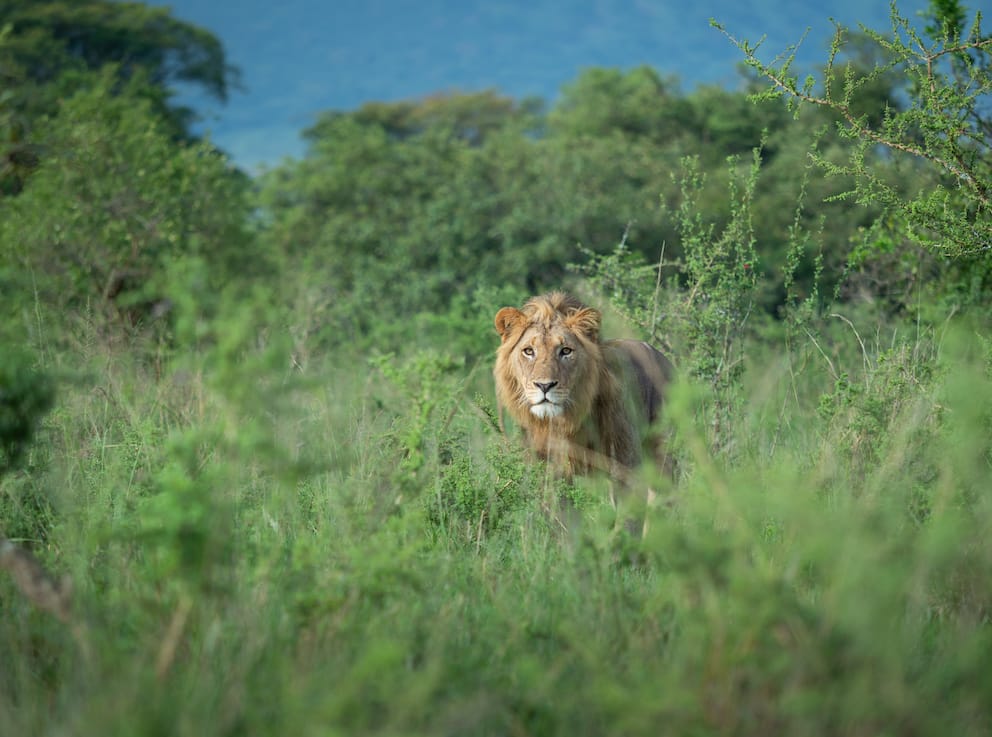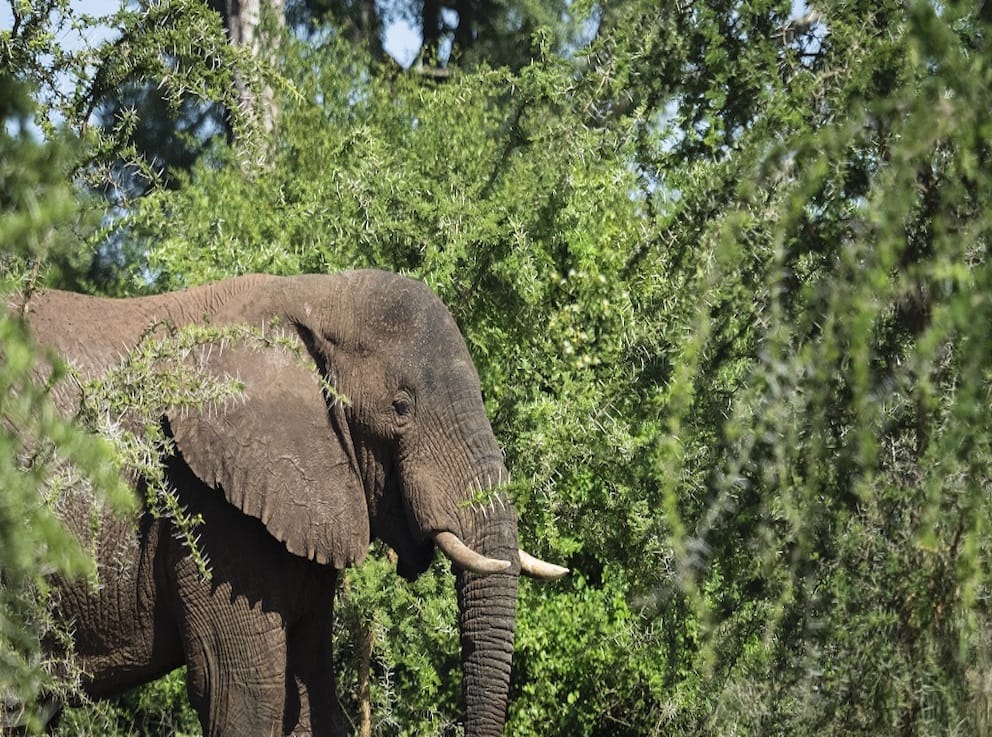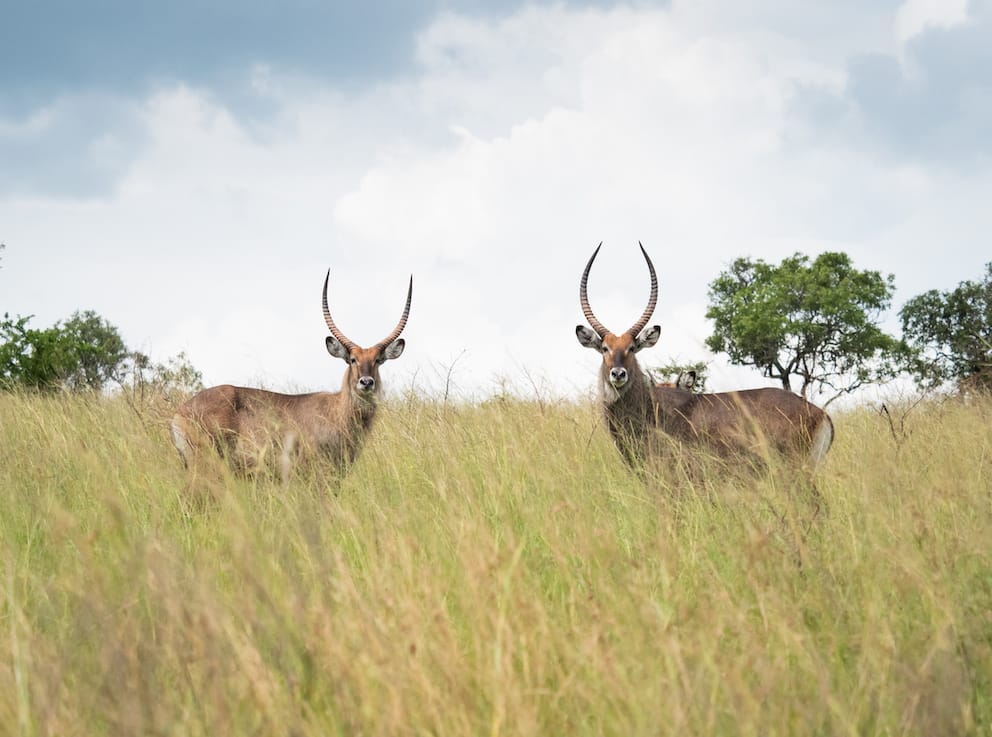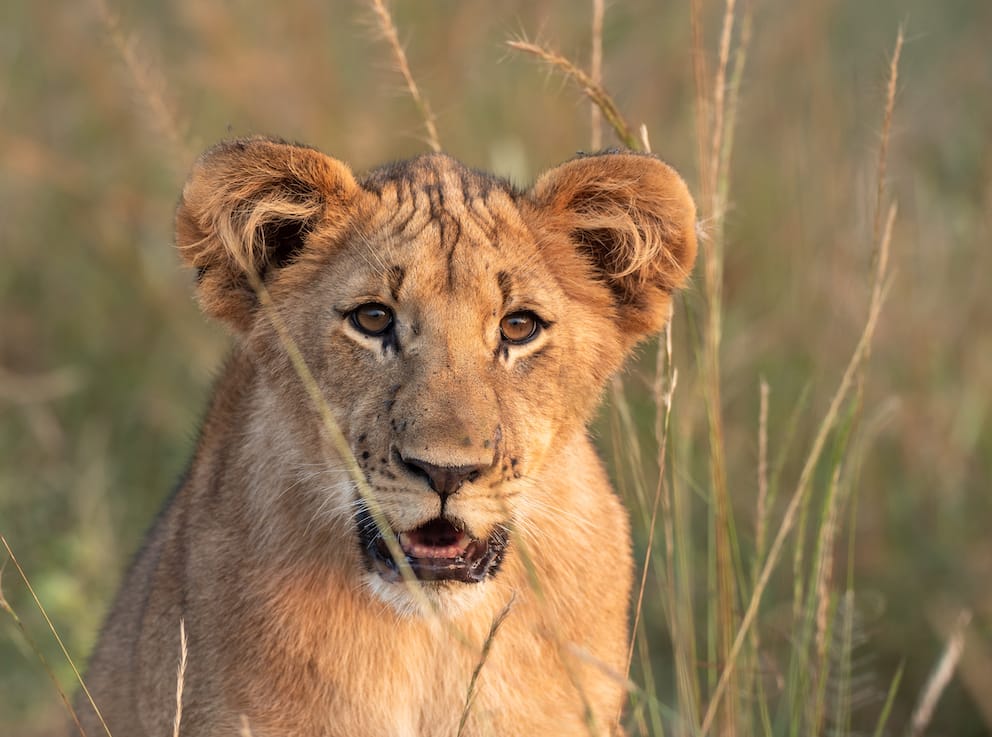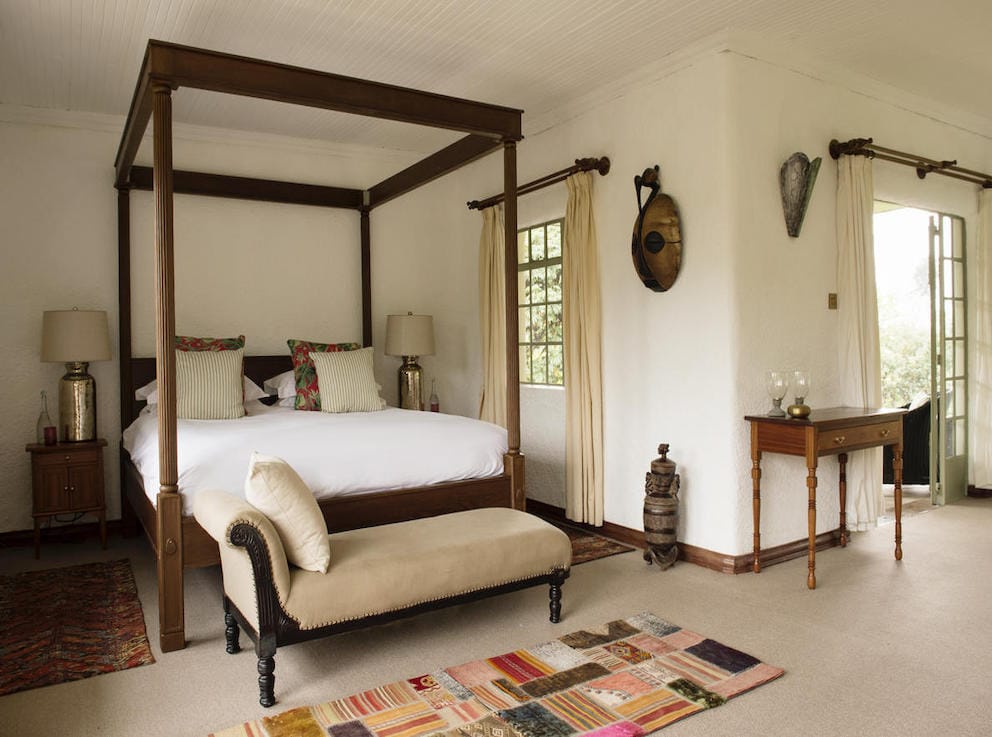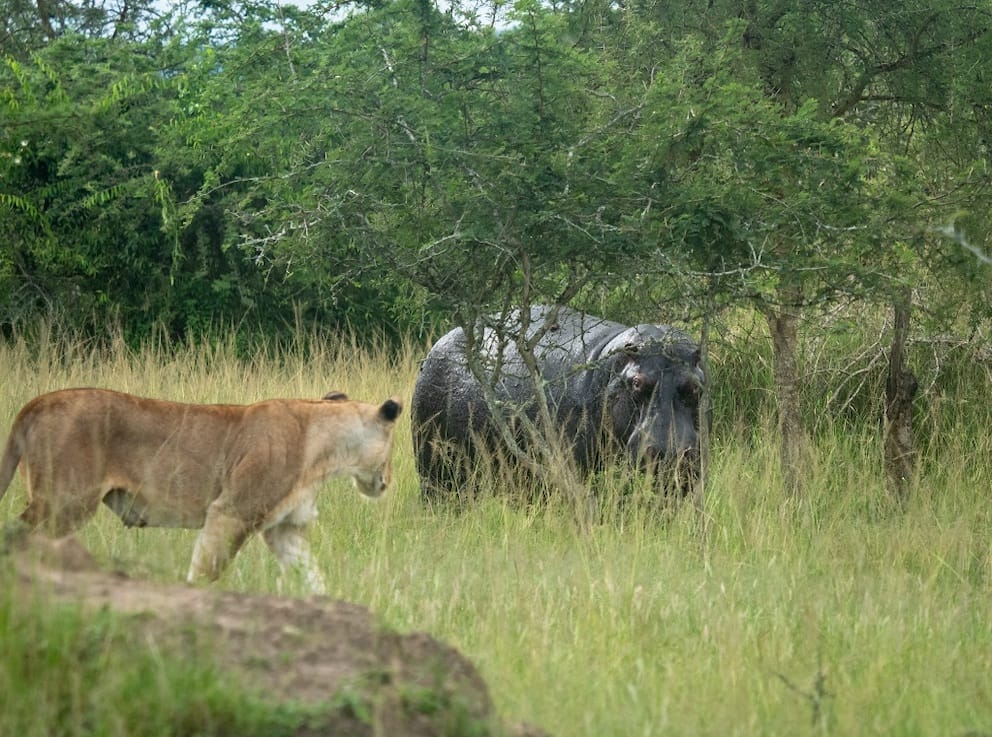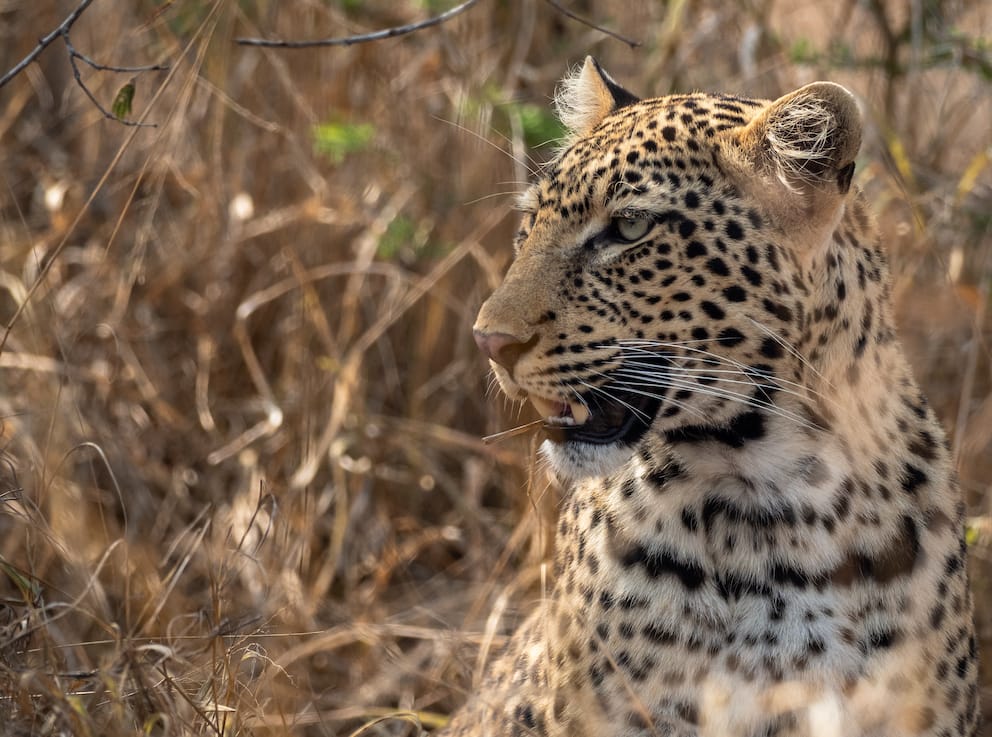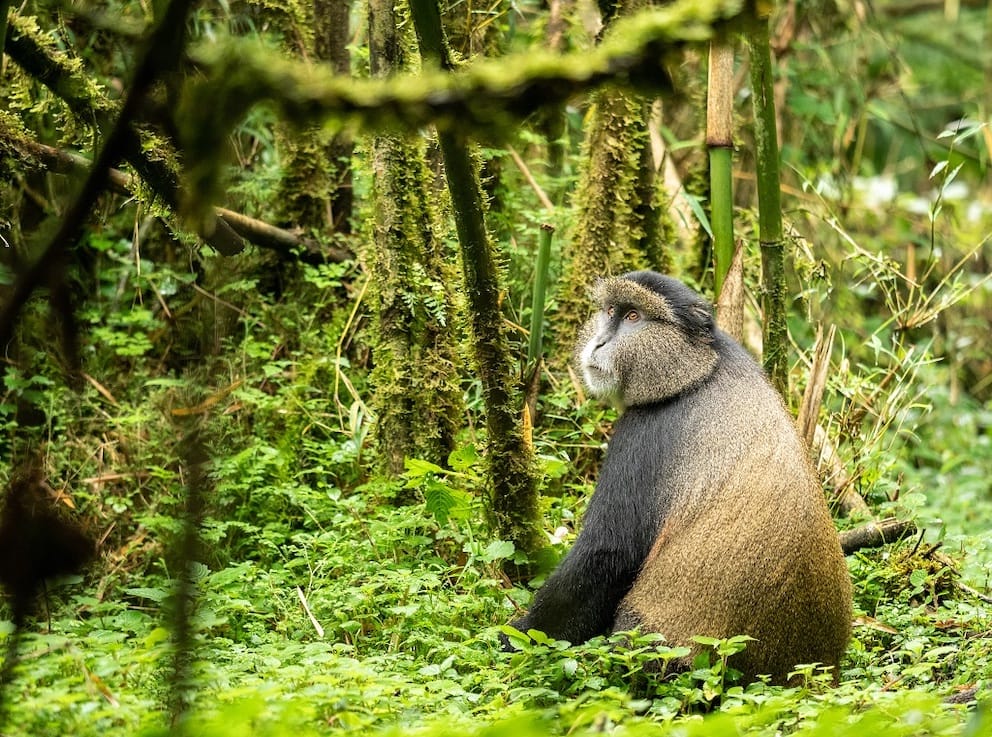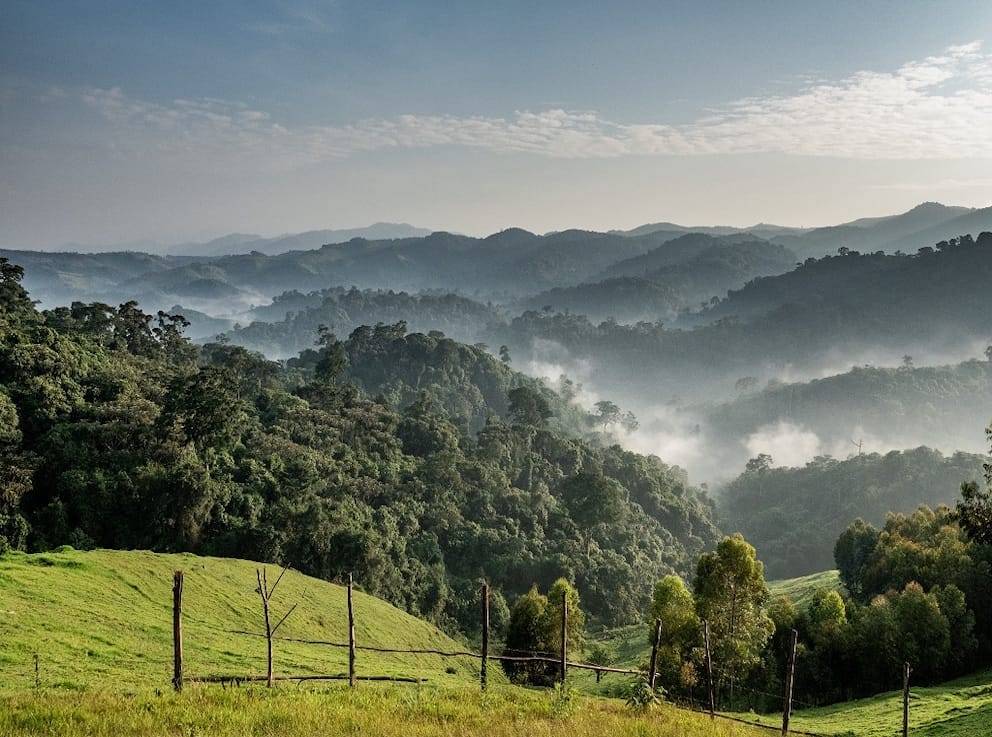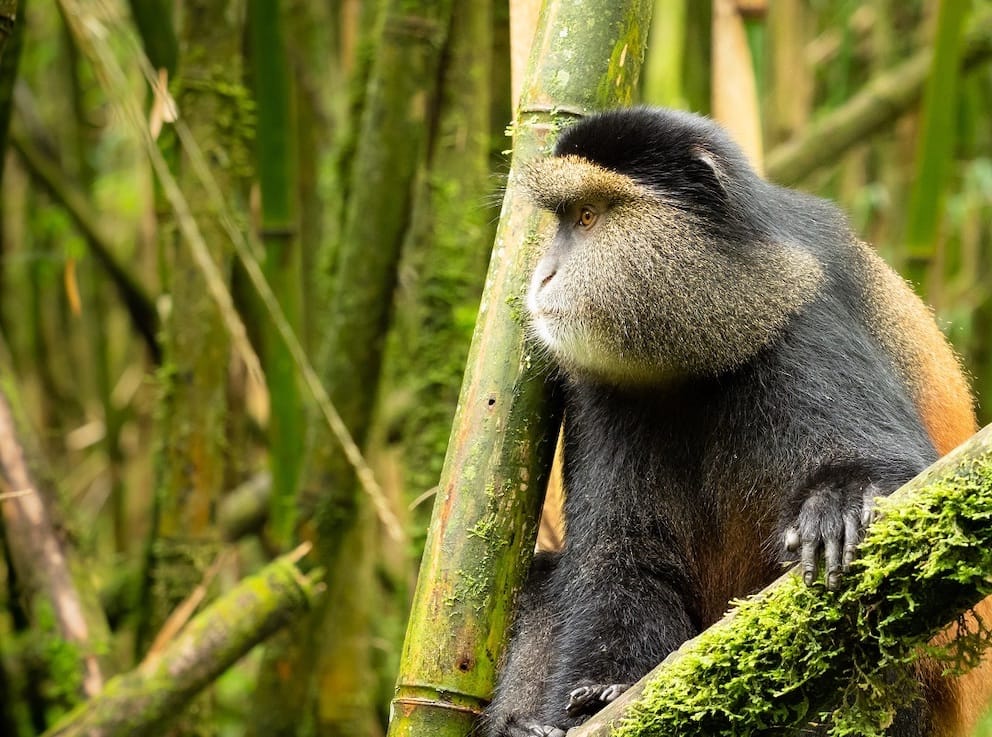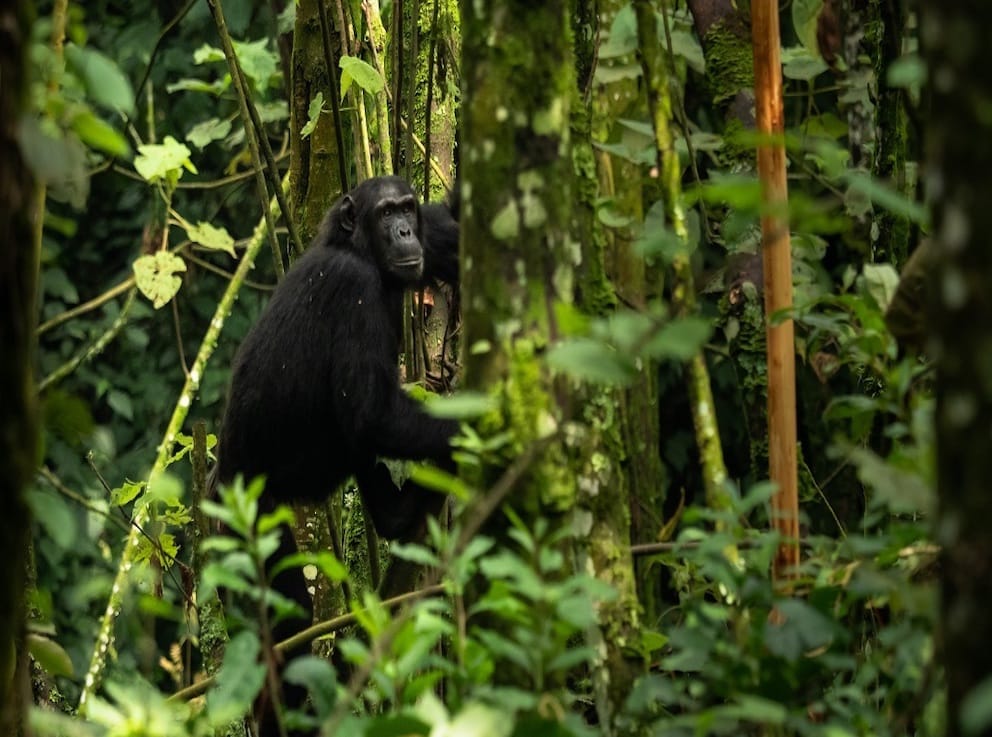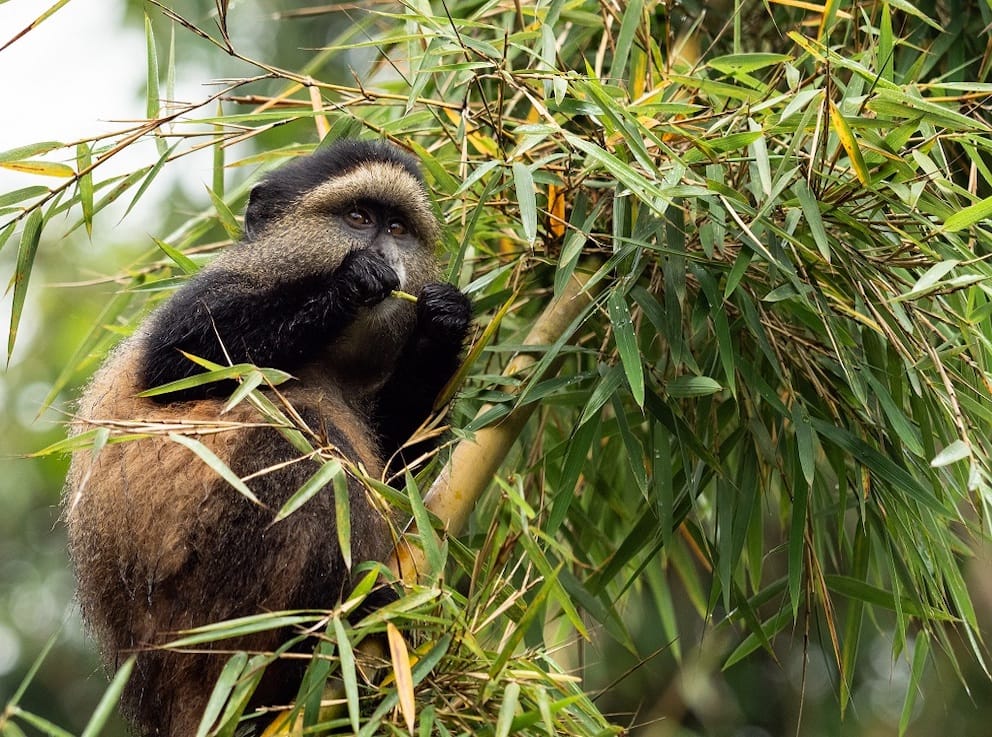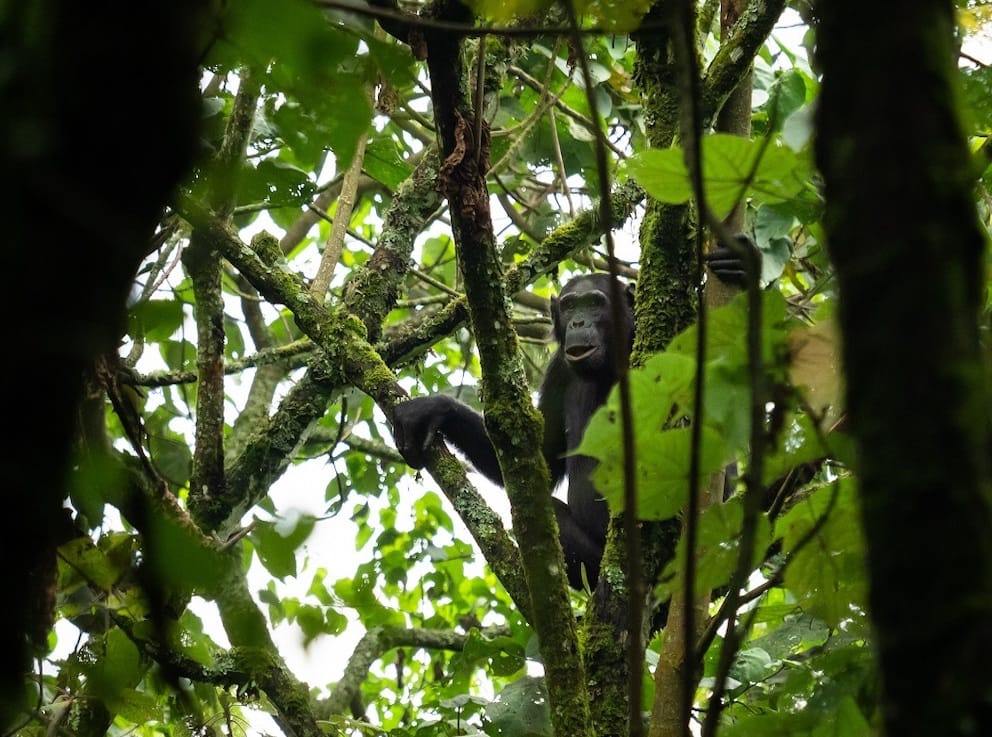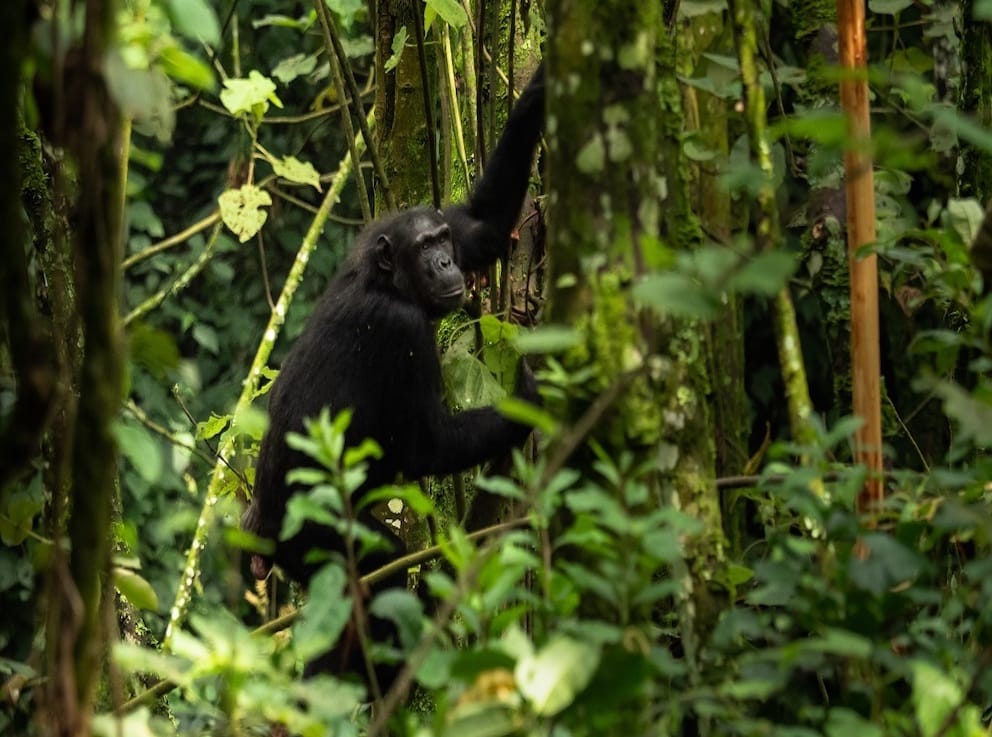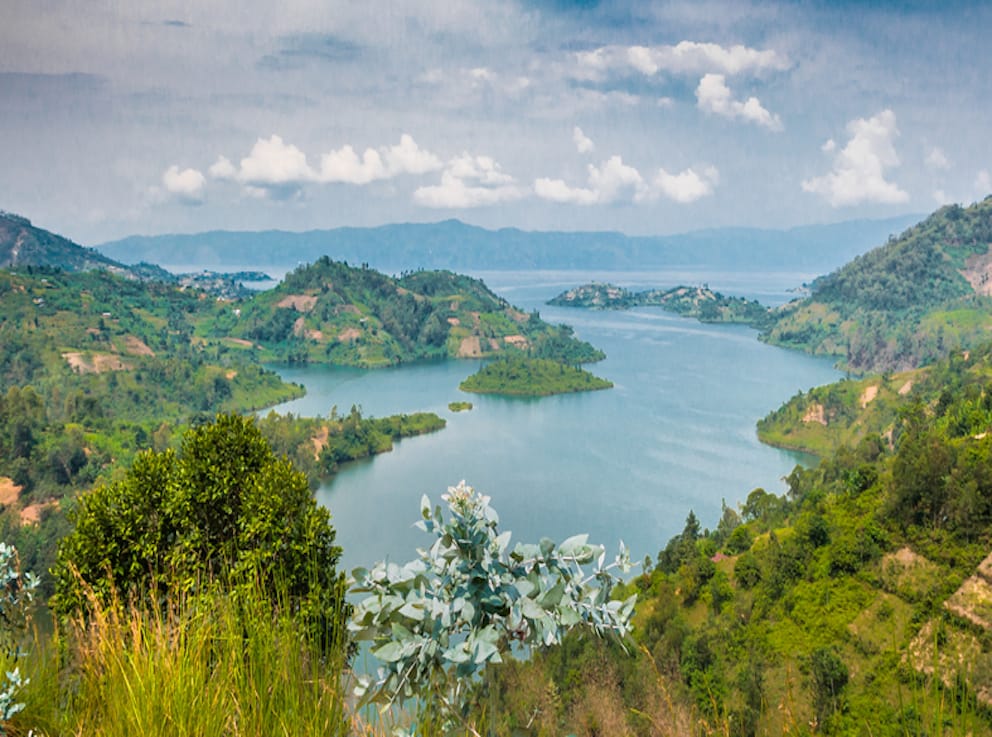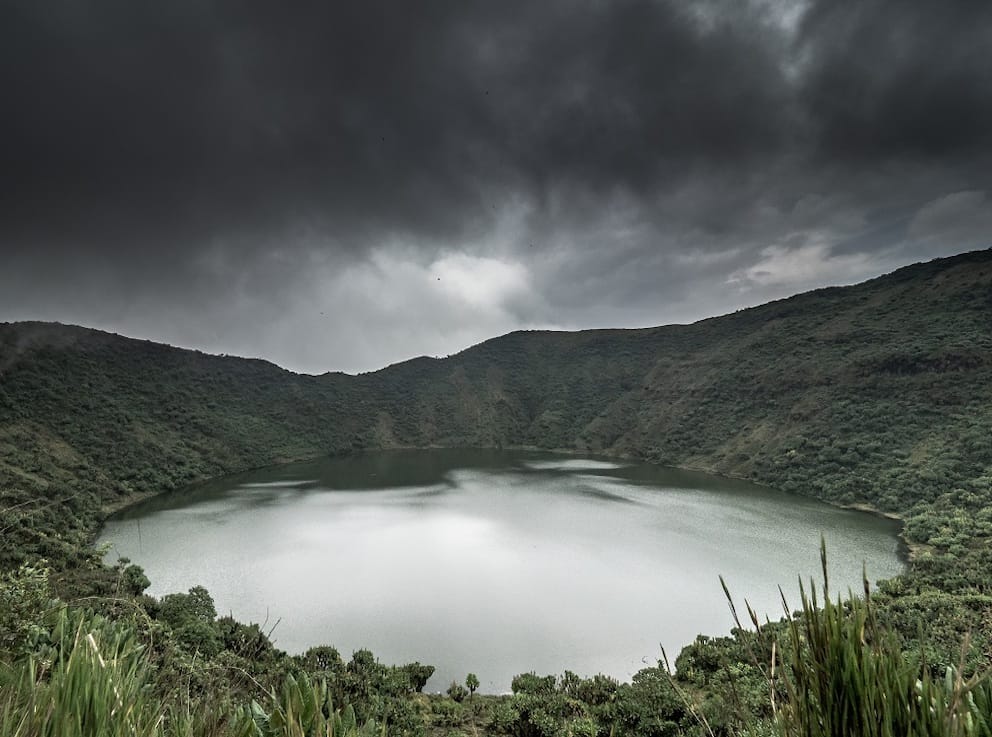Summary
Rwanda is well known as one of the finest (and very few) places on Earth to come face to face with the critically endangered mountain gorilla. Though this experience is magical, Rwanda will enchant visitors in many ways beyond if given the chance.
- Volcanoes National Park is home to approximately half the world’s remaining population of mountain gorillas where they seek refuge on the densely forested slopes of the Virunga Mountains.
- Rather than being swept under the carpet, the unspeakable horror of the genocide is respectfully acknowledged and serves as a poignant backdrop for the country’s enduring spirit of rebirth.
- Rwanda is leaps and bounds ahead in environmental issues. Plastic bags were banned over a decade ago and a social phenomenon called ‘Umuganda’ sees monthly community clean ups carried out by the entire nation.
- Kigali never fails to surprise visitors with its pretty boulevards, upscale eateries, cleanliness and safe, welcoming atmosphere. This is an African city that’s well worth a few days of your time.
- In addition to mountains and gorillas, Rwanda also boasts little-known plains landscapes for a classic safari experience with excellent lion and leopard sightings.
Areas
Kigali
Probably the prettiest city on the continent, Rwanda’s capital sits amidst verdant slopes of flowering trees at the geographical and metaphorical heart of the country. Clean, safe, and easy to navigate it’s an African city with fighting spirit and bags of charm.
- Despite, or perhaps because of, Kigali’s sombre history there’s a pervasive sense of human dignity and optimism. In a world of conflict, the city stands as a beacon for reconciliation.
- Entrepreneurship is buoyed by favourable governmental regulation, and you’ll find unique brands, cottage industries and start-ups on every corner. Discovering and supporting fledgling businesses is all part of the city experience.
- The creative and culinary sectors are booming and you can visit locally owned jazz clubs, browse art centres, drink in distilleries and sample the cuisine of top notch chefs.
- Markets are packed with food, handicrafts, colourful fabrics and hand -made clothing as well as Muhabura baskets, wood carvings and traditional pottery.
- The Kigali Genocide Museum or ‘Gisozi’ is a sobering memorial to the unspeakable events of the past. Though poignant and hard hitting, it also highlights the country’s immense progression. Rwanda has much to teach the world about healing.
Take a look at: The Retreat Boutique Hotel, Serena Kigali, Mariott Kigali, Hotel des Mille Collines
Akagera National Park
Though small by African standards, Akagera boasts huge diversity with grassy plains, swamps and rolling hills. Now a ‘Big Five’ destination, the safari experience here is giving East Africa a run for its money!
- Akagera sits in the north east of Rwanda, flanking Tanzania. It can be reached in just two hours from Kigali so a day trip is possible, but a longer stay is recommended.
- Established in 1934, Akagera is Rwanda’s oldest national park. Following the resettlement of thousands of refugees in the 90s it was very nearly decimated. Its recovery is heralded as a conservation marvel.
- The grassy plains in the north are reminiscent of the East African savannah and, following a series of successful reintroduction projects, they now host a healthy population of lion, black rhino and leopard.
- The marshy areas in the south are home to an extraordinary density and richness of birdlife including the rare shoebill stork.
- The wildlife does not yet rival that of East Africa but this will happen in time. For now it’s a very good, accessible safari option which remains private and uncrowded.
- A safari in Akagera combines beautifully with gorilla trekking and a stint in Kigali.
Take a look at: Magashi Camp
Volcanoes National Park
‘Gorillas in the Mist’ comes to life on the slopes of these ethereal mountains, where Dian Fossey’s beloved gorillas continue to gambol in the undergrowth.
- Sitting in the northwest of the country bordering Congo and Uganda, Volcanoes National Park is part of an important trans-border conservation zone, protecting key mountain gorilla habitat.
- Seven groups of habituated mountain gorillas inhabit the park’s steep volcanic slopes. Coming face to face with these remarkable creatures is indescribably moving – a poignant wildlife experience with no parallel.
- Sharing 98% of our DNA, gorillas are susceptible to human disease (e.g. flu) and you will not be allowed to track the gorillas if you are unwell. Under 15s are also not permitted.
- American primatologist Dian Fossey first brought the plight of Volcanoes’ gorillas to the world’s attention and her legacy lives on. Visitors can trek the jungle to visit her grave, alongside that of Digit, her favourite gorilla.
- Hiking to see the beautiful golden monkey, which is endemic to the area, is a fabulous activity to complement gorilla tracking. Volcano summit hikes, conservation projects and visits to nearby farming co-operatives are also recommended.
Take a look at: Bisate Lodge, Kwitonda Lodge, Virunga Lodge, Sabinyo Silverback Lodge, One&Only Gorillas Nest
Nyungwe Forest National Park
One of the oldest rainforests in Africa, Nyungwe is a living, breathing natural history museum of immense biomass and great primordial grandeur.
- Nyungwe sits in deep south west Rwanda, hugging the border of Burundi. Since Rwanda is small, it is possible to drive here from Volcanoes National Park or Kigali in half a day.
- 13 species of primate call this home including Ruwenzori colobus, L’Hoest’s, silver, golden, red-tailed and vervet monkeys, plus olive baboons, grey-cheeked mangabey, several species of bush baby and of course, chimpanzees.
- Chimpanzees are thought to number around 400 and trekking to see them is a popular activity. Be aware that they move quickly so sightings can be hard won but their playful antics and vocal politics make it all worthwhile.
- The forest is a colossally tall cathedral of ancient mahoganies, ebonies and giant tree ferns. A canopy walk (East Africa’s highest, no less) allows you to explore it 40m up.
- Orchids and bromeliads nestle in mossy hollows, 120 species of butterfly flit through the dappled light, birds include iridescent sunbirds, giant hornbills and the extravagant blue turaco, and cerval cat, congo clawless otter and leopard hide in the shadows (although are rarely sighted).
- Don’t expect sunshine. Nyungwe is a key catchment area for both the Congo and the Nile. It rains a lot!
Take a look at: One&Only Nyungwe House
Lake Kivu
So vast it has feels like an inland sea, the emerald green Lake Kivu provides a little known spot for post safari rest and relaxation and a great route for a road trip.
- Lake Kivu is part of Africa’s Rift Valley system of Great Lakes. So deep and gaseous are its waters that it’s known as one of Africa’s three ‘exploding lakes’, but this poses no threat and it teems with fish and water birds.
- There is a distinct lack of quality accommodation on Lake Kivu but the pretty scenery and shore-hugging roads make for a beautiful drive from Volcanoes National Park to Nyungwe forest.
- Travelling from north to south you’ll be greeted by three lakeside towns – Rubavu, Karongi and Rusizi (formerly Gisenyi, Kibuye and Cyangugu respectively). Rubavu is the largest and most developed of the three with a small shopping mall and brewery.
- The towns are characterised by a laid back atmosphere, sandy beaches, colonial buildings, fishermen in traditional dugout canoes and the occasional crooning musician. Water sports and relaxation are the order of the day.
- Imbabazi Orphanage is just outside Rubavu and was set up by an 82 year old lady as a home for genocide orphans. Sitting among neat flowers beds, it looks like an English country cottage. Pre-arranged visits are welcomed.
Take a look at: Cormoran Lodge, Lake Kivu Serena
Gishwati-Mukura National Park
Gazetted in 2016, Gishwati-Mukura is Rwanda’s newest national park, established to see the region’s endangered species not just survive, but thrive. Its formalisation is indicative of Rwanda’s commitment to return 30% of its area to forest.
- Gishwati-Mukura is small by African standards (just 34km² plus a buffer zone) and comprises two separate forests – the larger Gishwati and small Mukura. It is Rwanda’s fourth national park.
- Following settlement by refugees after the genocide and subsequent land clearance, Gishwati lost 99.7% of its animals. The restoration efforts in this area have been colossal and the park has made a near-total recovery.
- The park now supports chimpanzees, blue monkey, golden monkey, L’Hoest’s monkey and black-and-white colobus as well as serval, black-fronted duiker, chameleons and plenty of birds including 20 endemic species.
- Located in the east of the country along the incredibly biodiverse Albertine Rift, there are plans afoot to create a wildlife corridor connecting Gishwati-Mukura with Nyungwe Forest in the south.
- Sustainable eco-tourism is tipped to be introduced shortly with activities likely to include guided nature hikes, chimpanzee and monkey tracking, bird watching and hikes to beautiful waterfalls. Watch this space…!
Access
International:
Fly direct from London to Kigali (not daily). Otherwise fly via the Middle East or Europe.
Internal:
Rwanda is small enough to travel by road. Helicopter transfers can be arranged and are spectacular.

